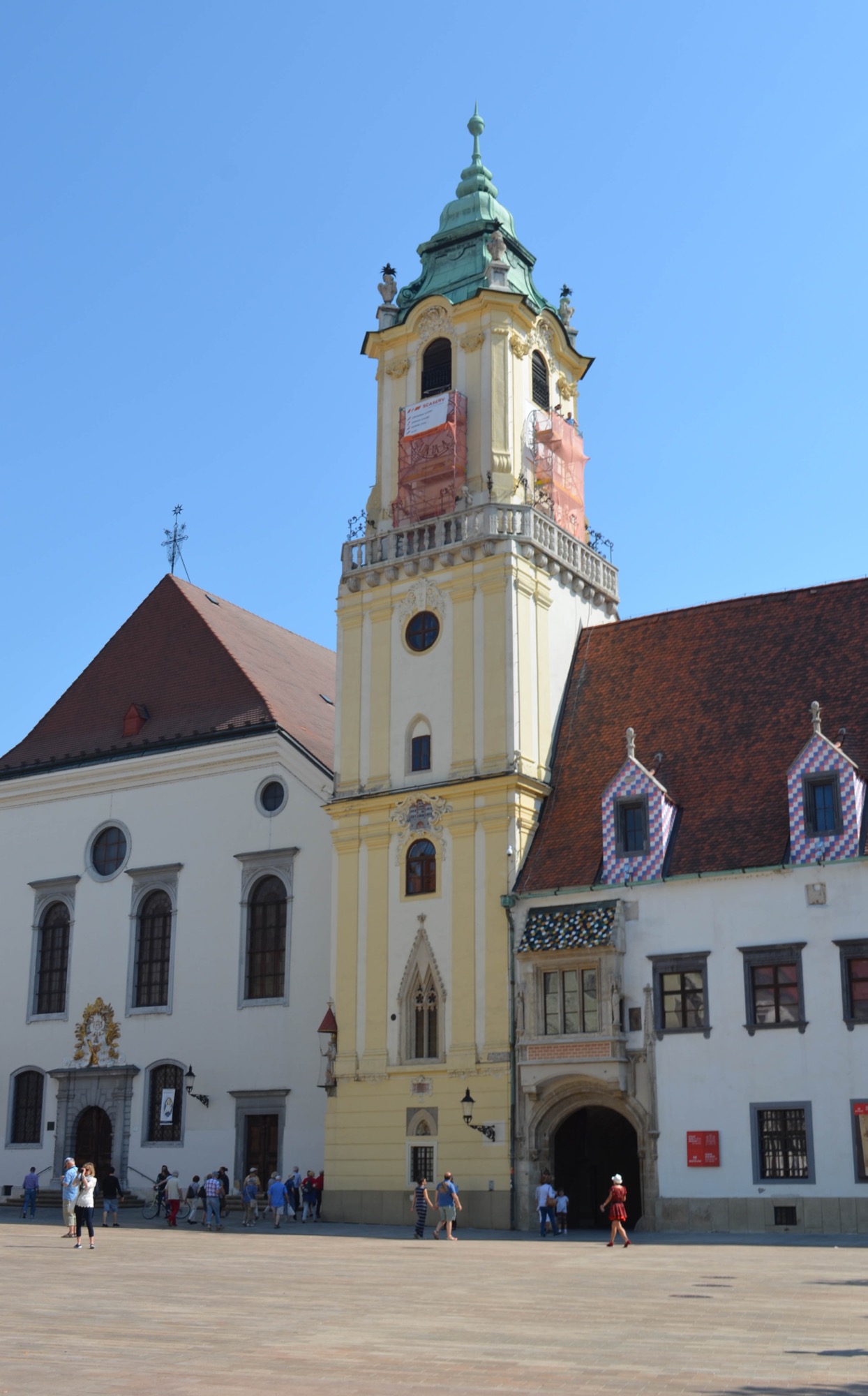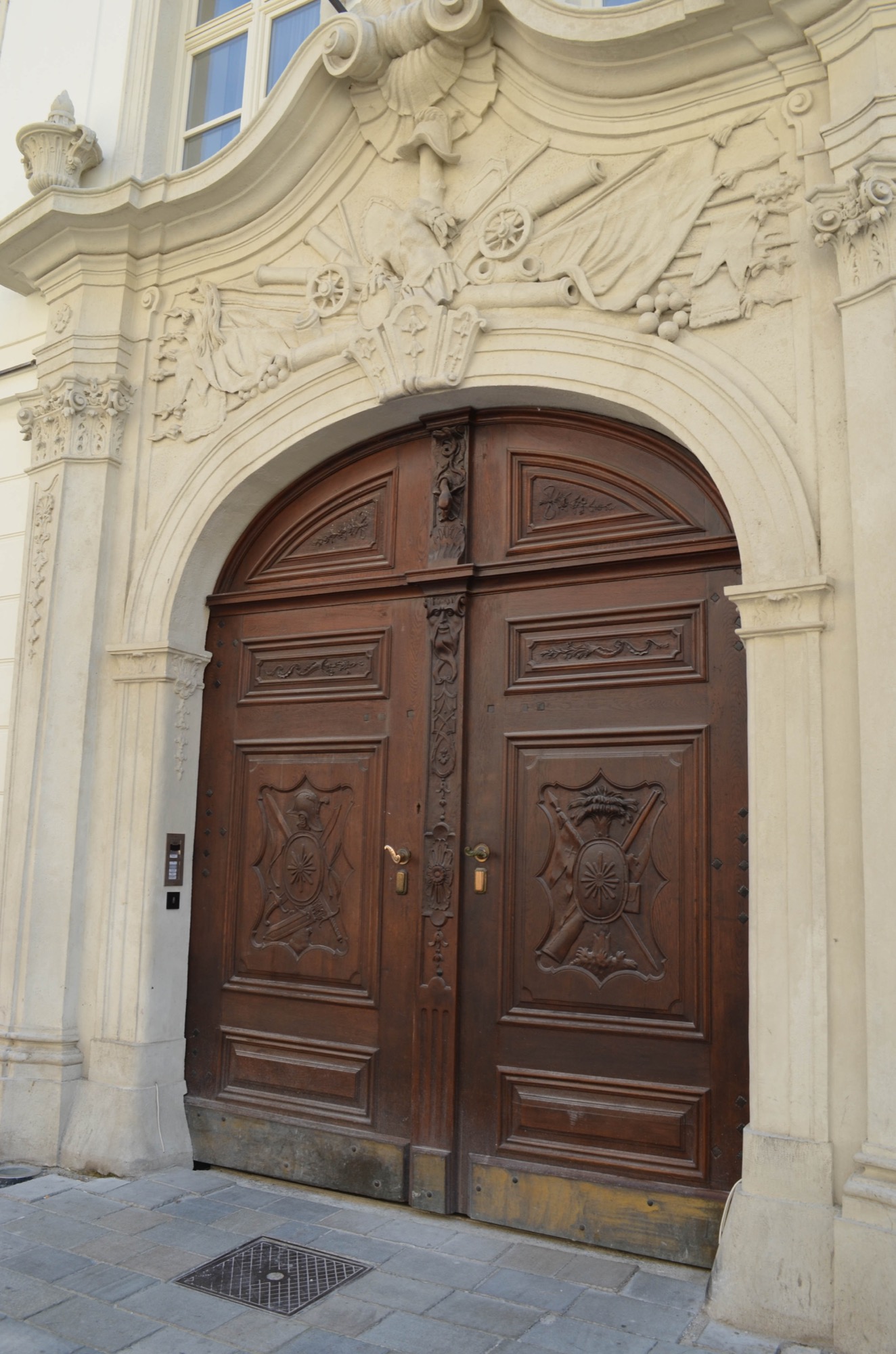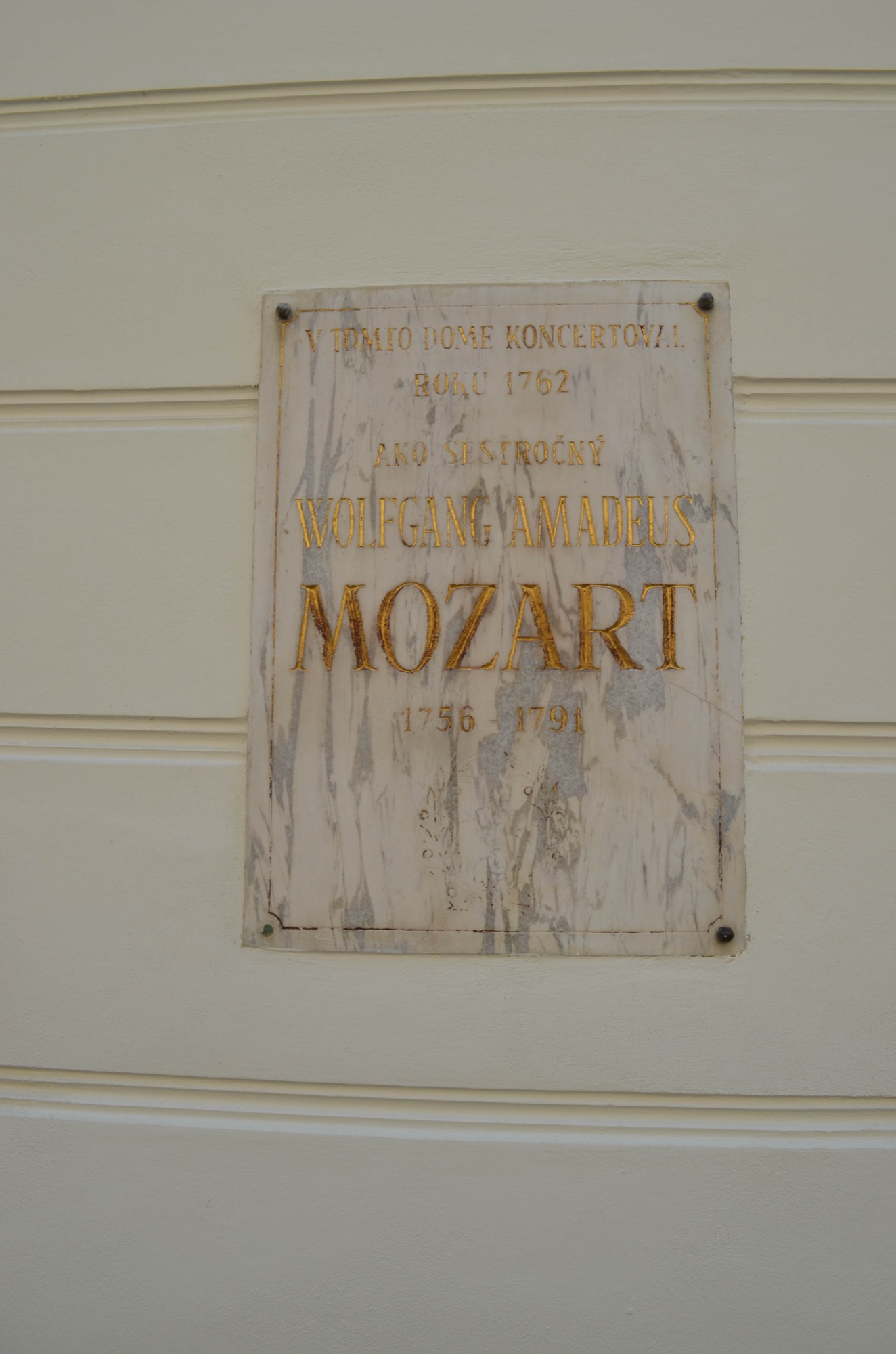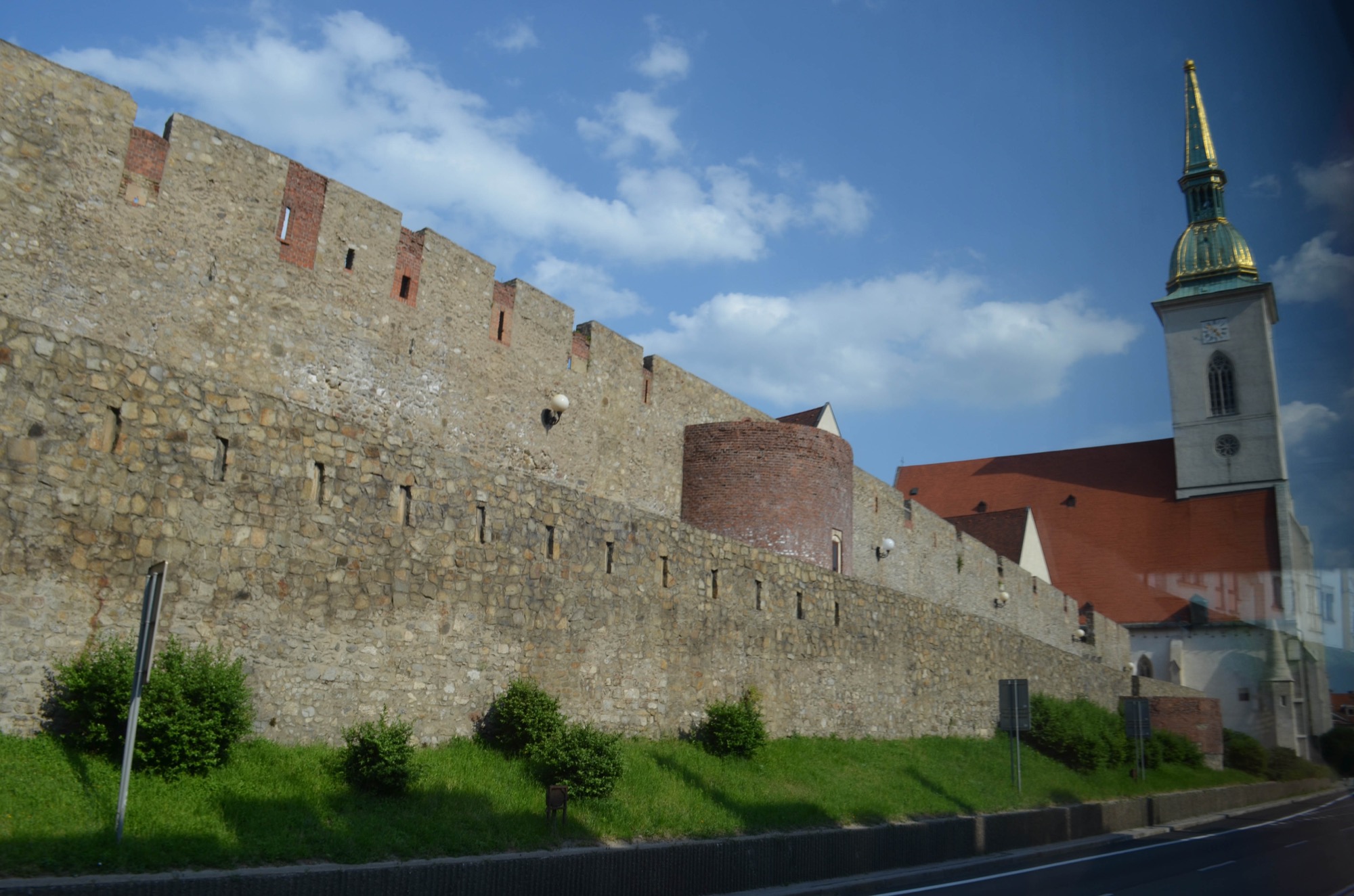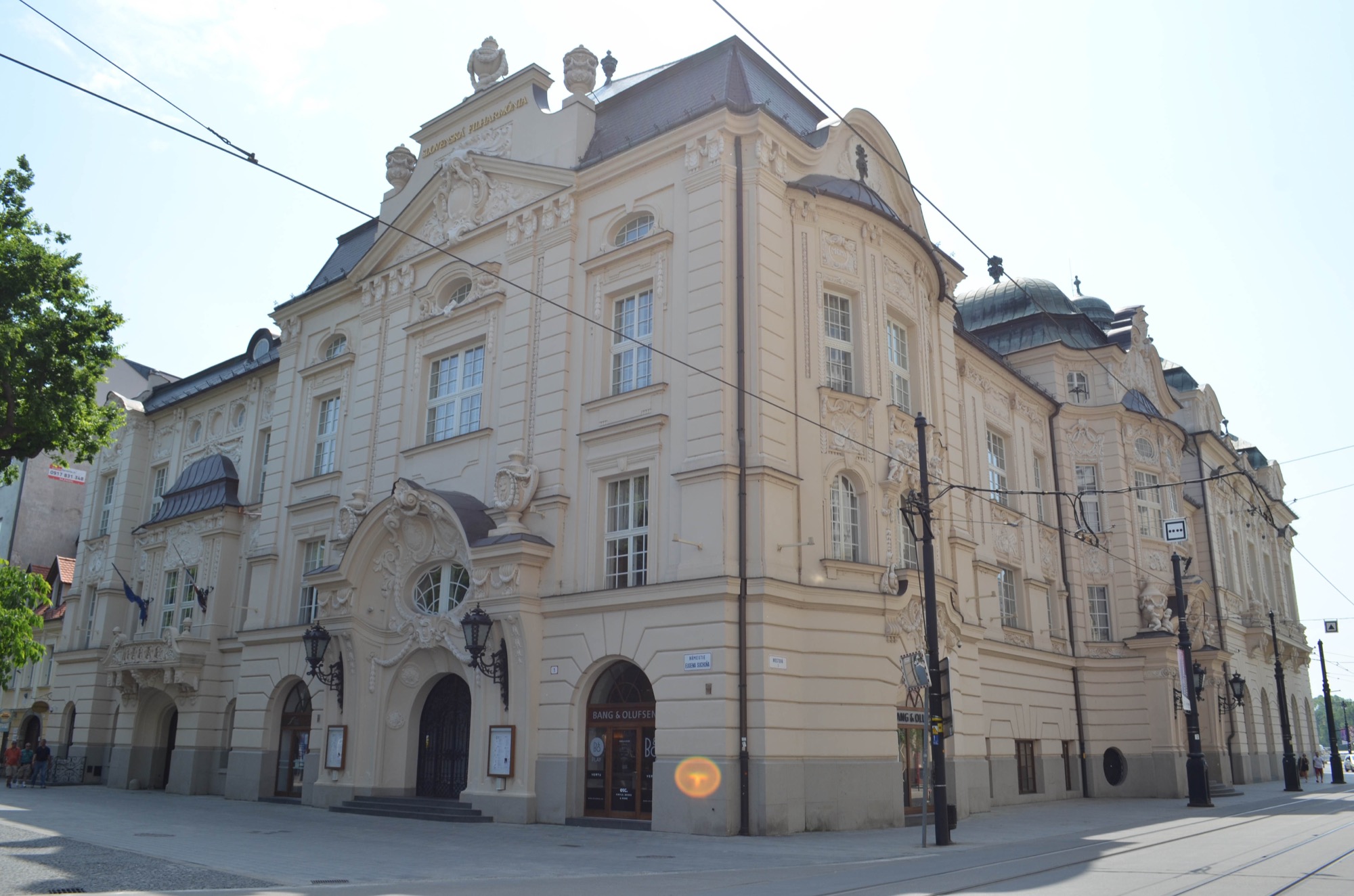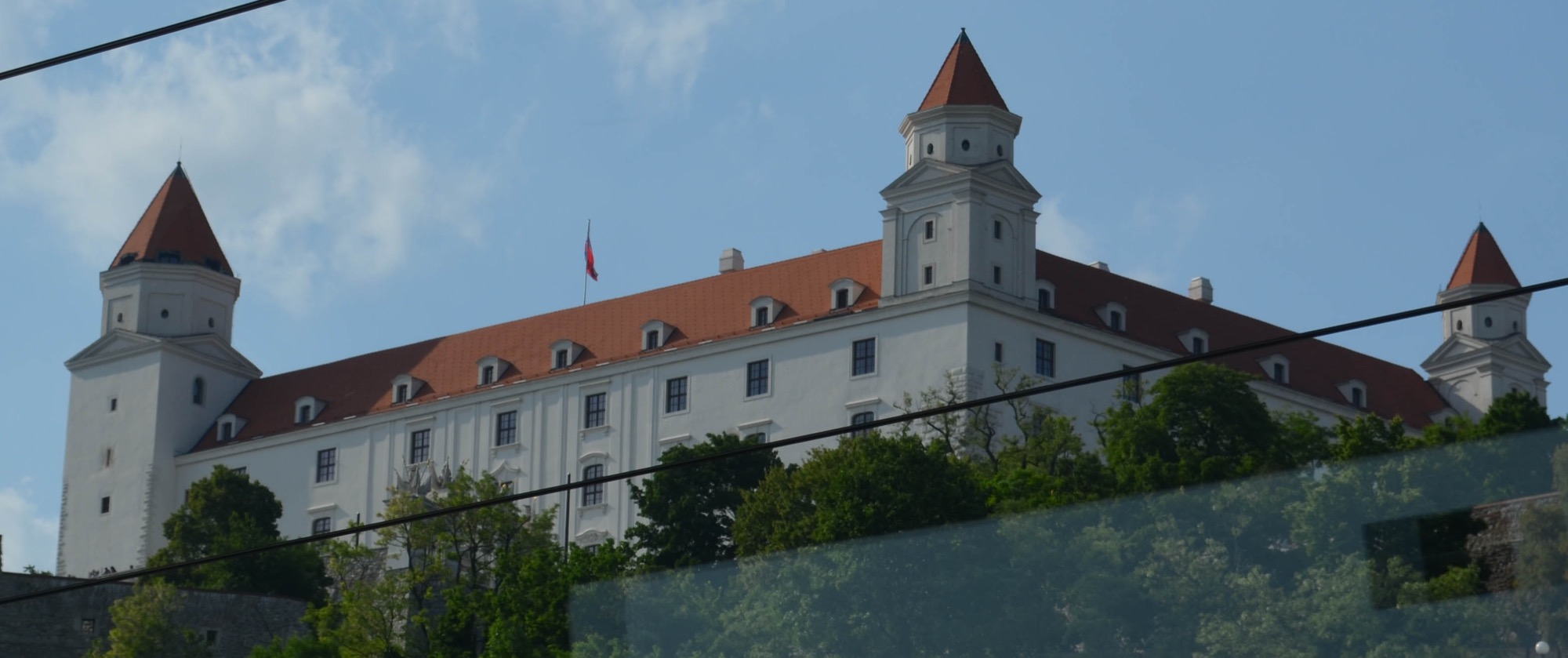The Adventure Begins
We began at Los Angeles International Airport and arrived in Budapest 15 hours later after a brief stopover in Frankfurt. We then boarded the riverboat that was to be our home base for the next 8 nights, the Emerald Sun.
We began at Los Angeles International Airport and arrived in Budapest 15 hours later after a brief stopover in Frankfurt. We then boarded the riverboat that was to be our home base for the next 8 nights, the Emerald Sun.







Budapest has been described as the jewel of the Danube. As we cruised along the river at night breathing in the spectacular views, it was easy to see how well this name applied.
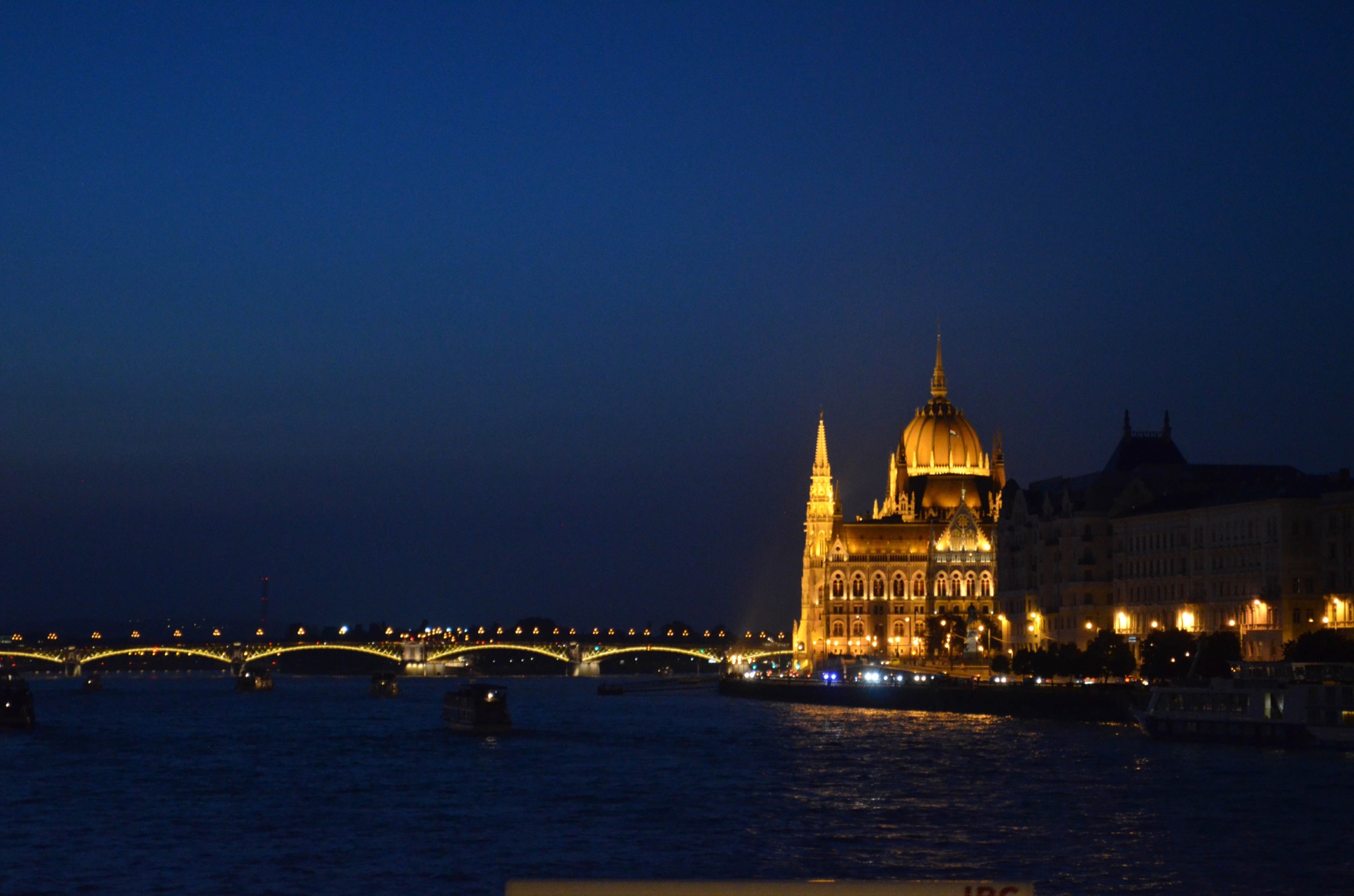
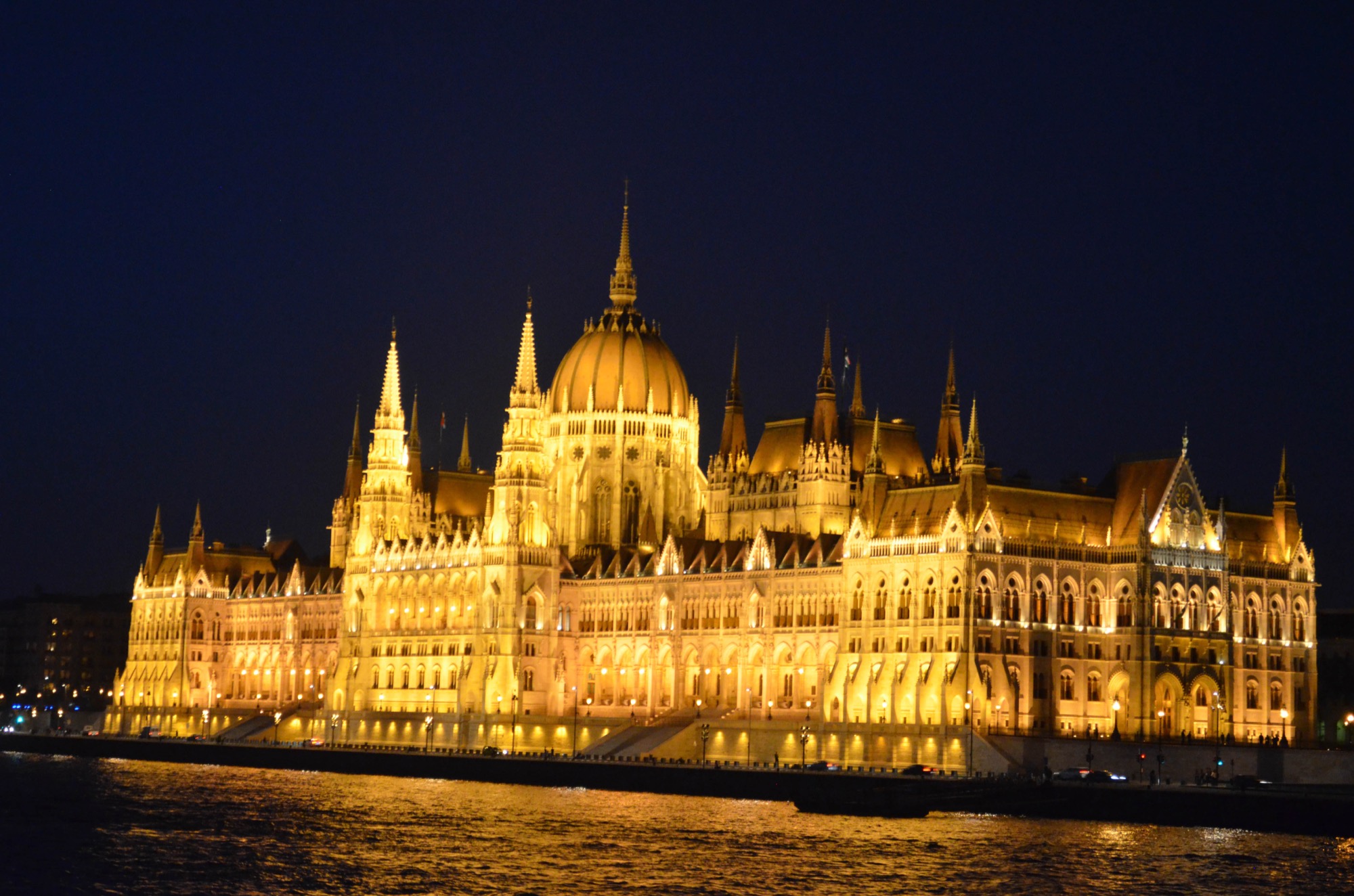
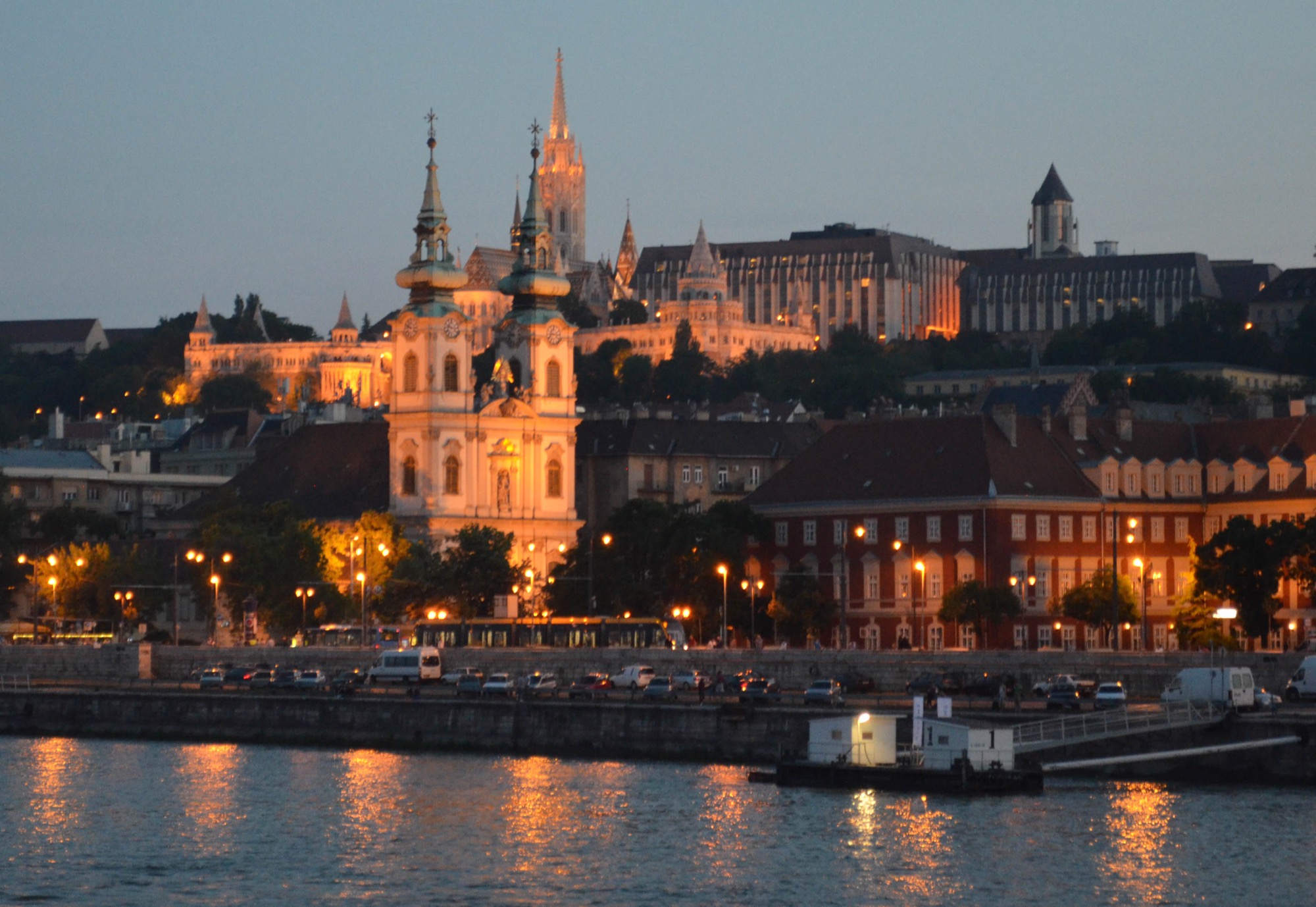
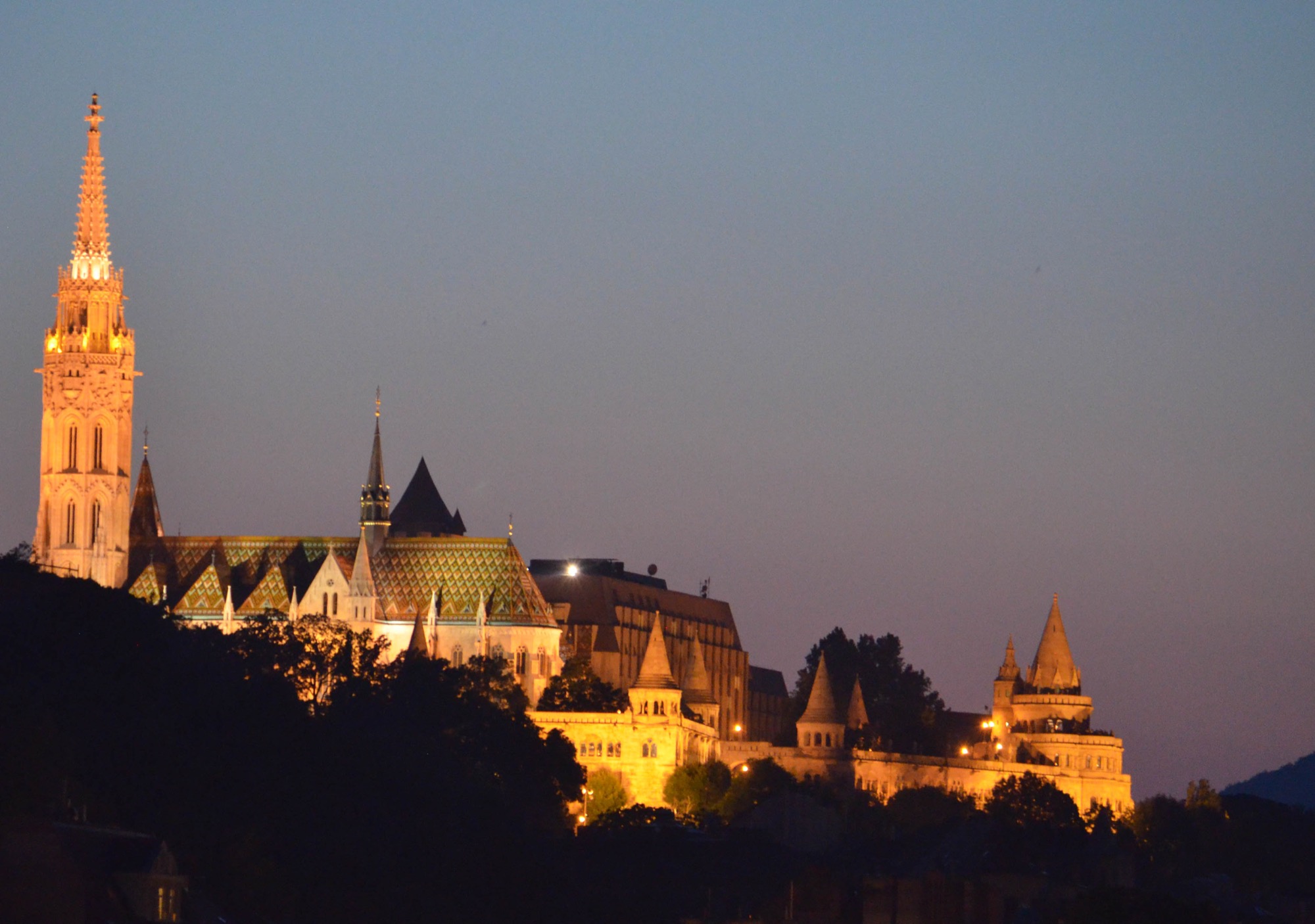
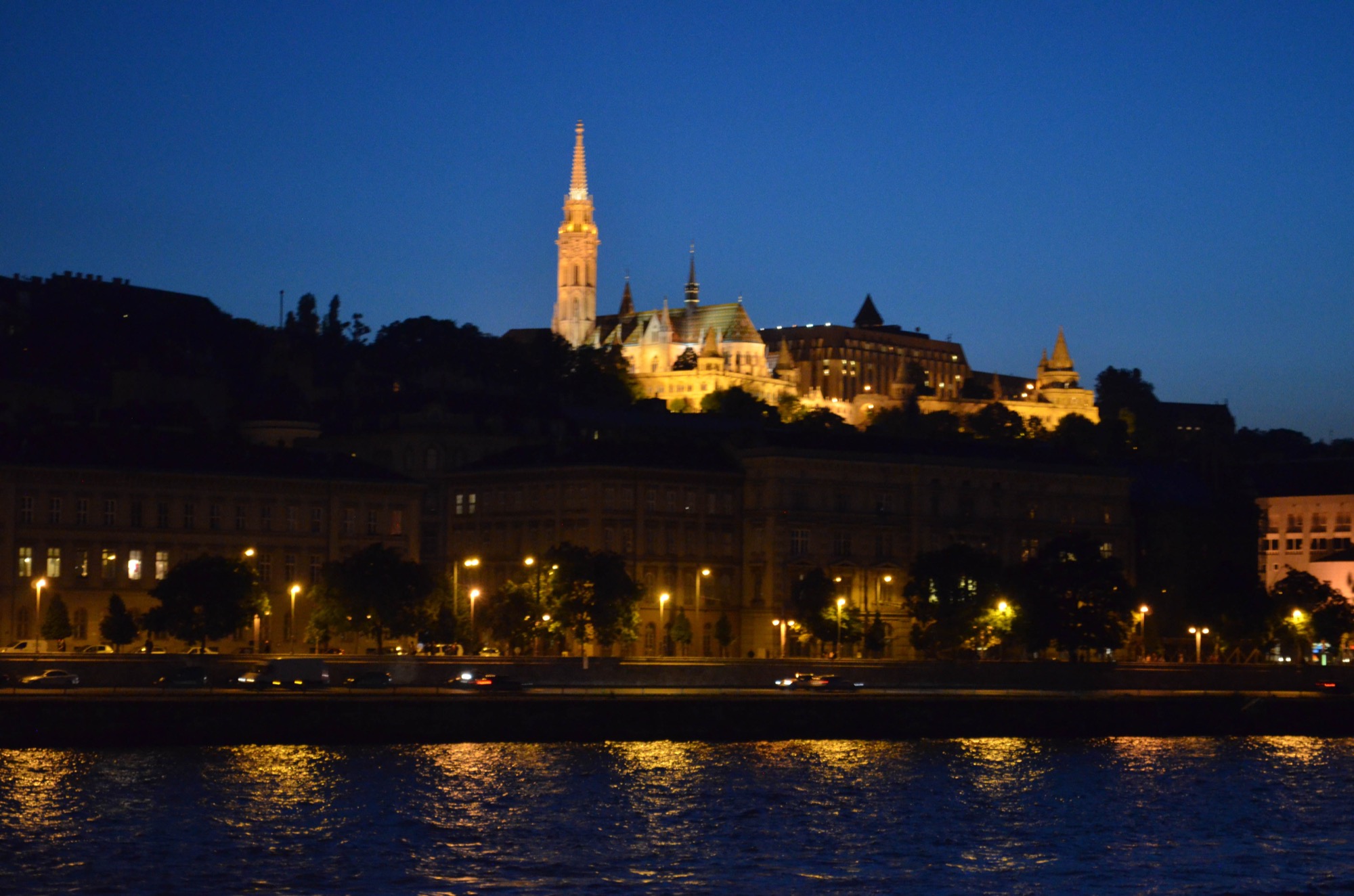
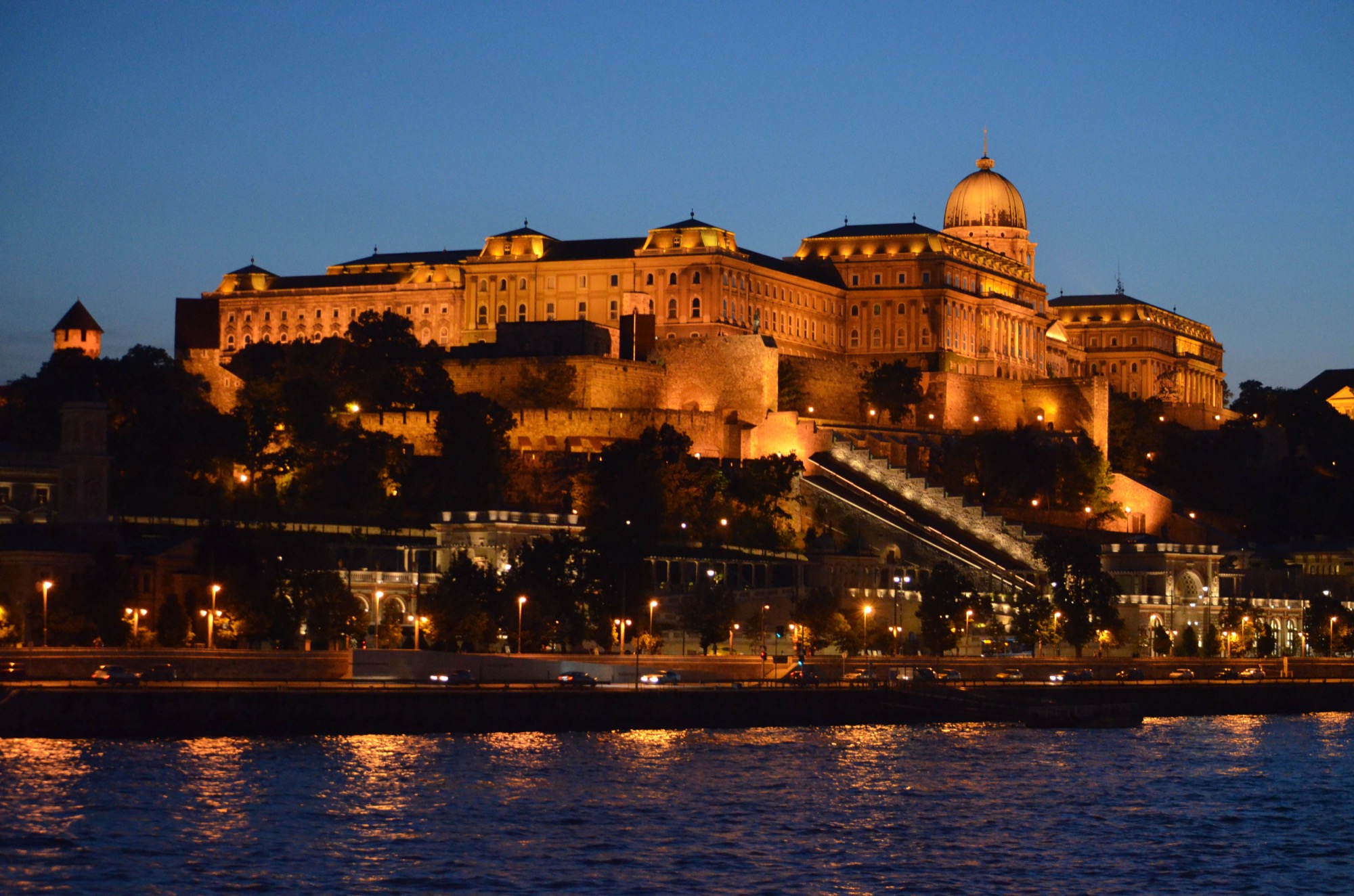

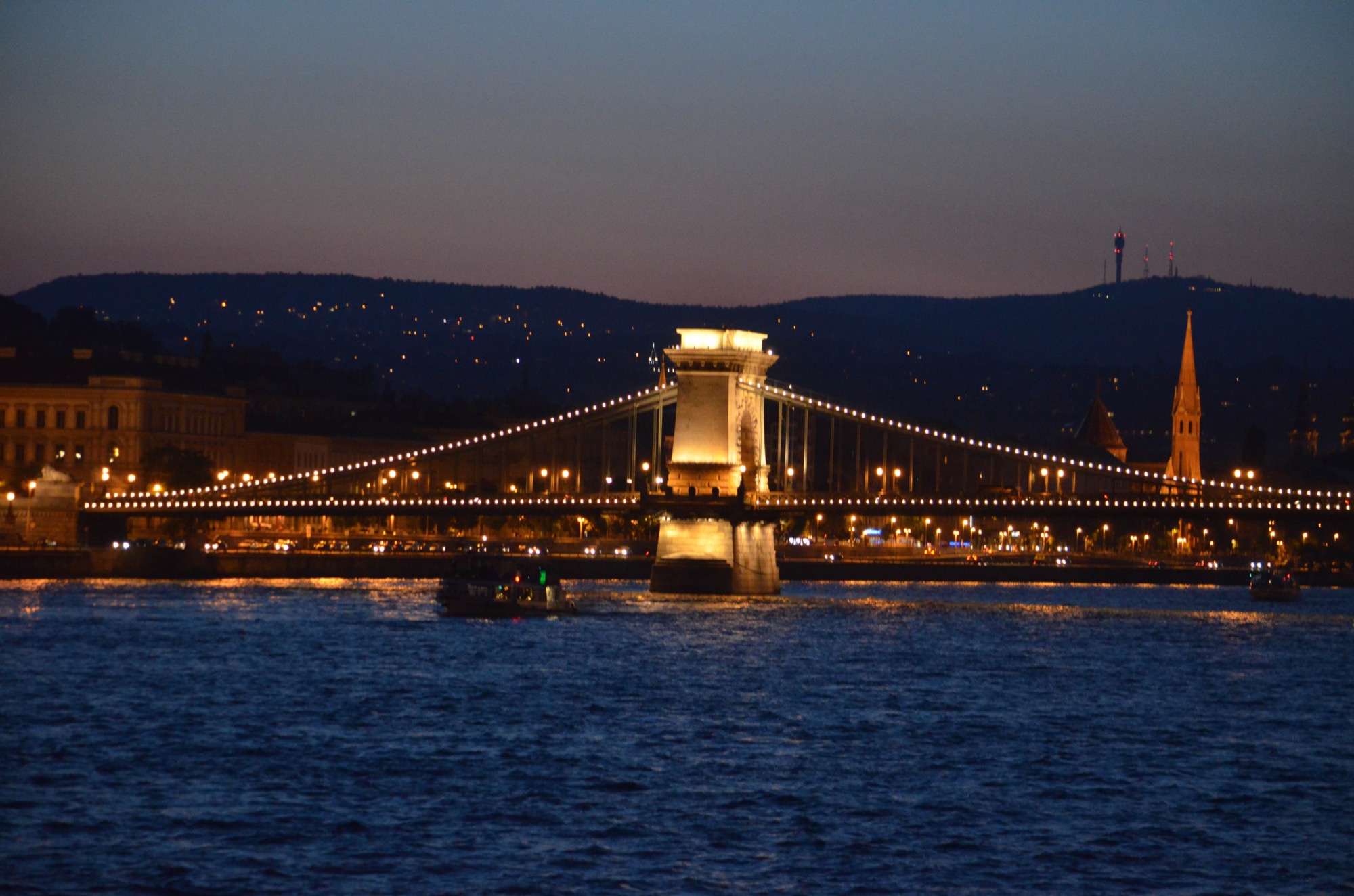
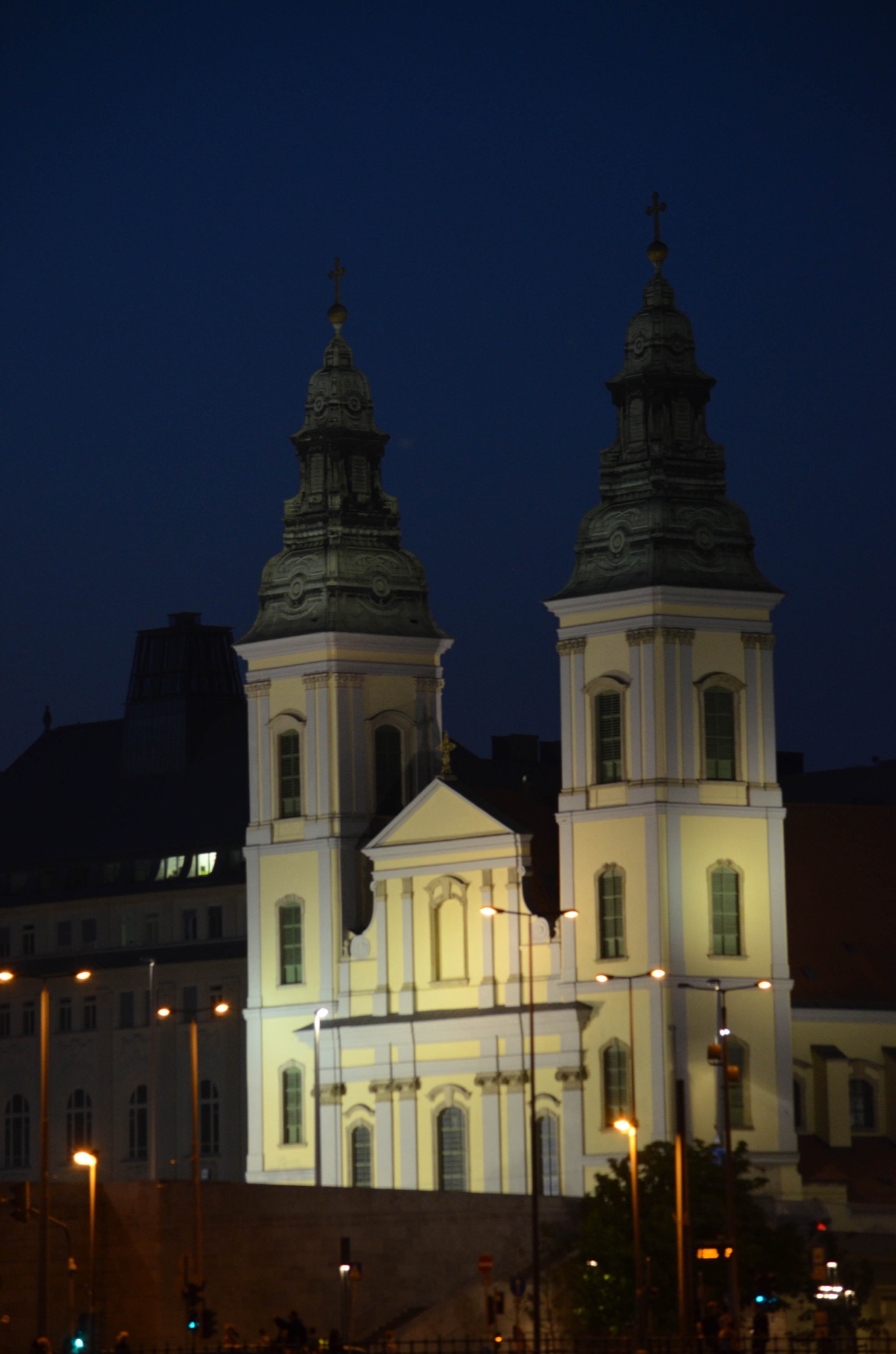
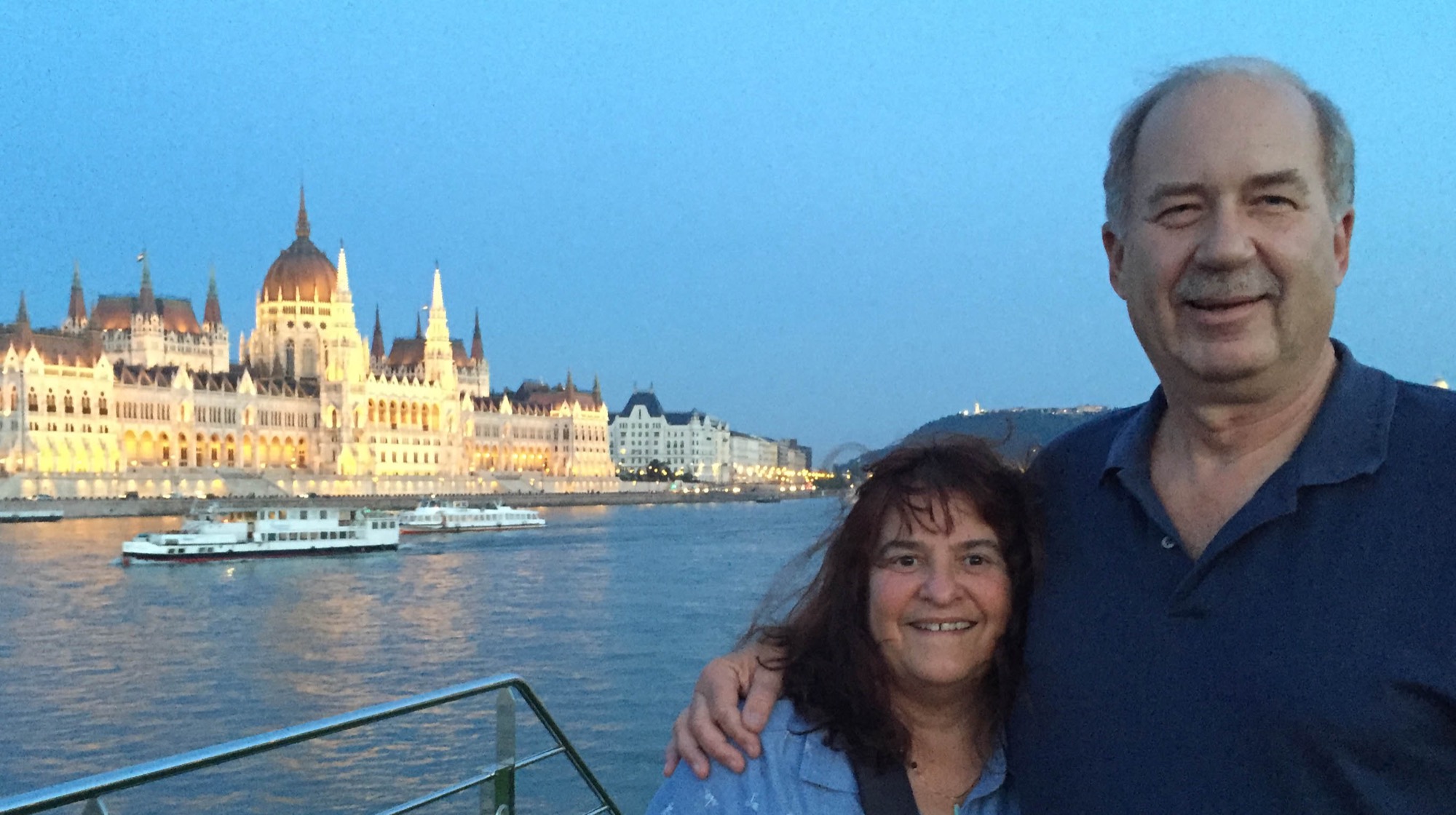
The Danube River runs right through the center of Budapest. Buda, on the hilly western side, is connected to Pest on the flat eastern side by eight bridges. The Chain Bridge, which was built in 1849, is the oldest and most iconic of Budapest's bridges.
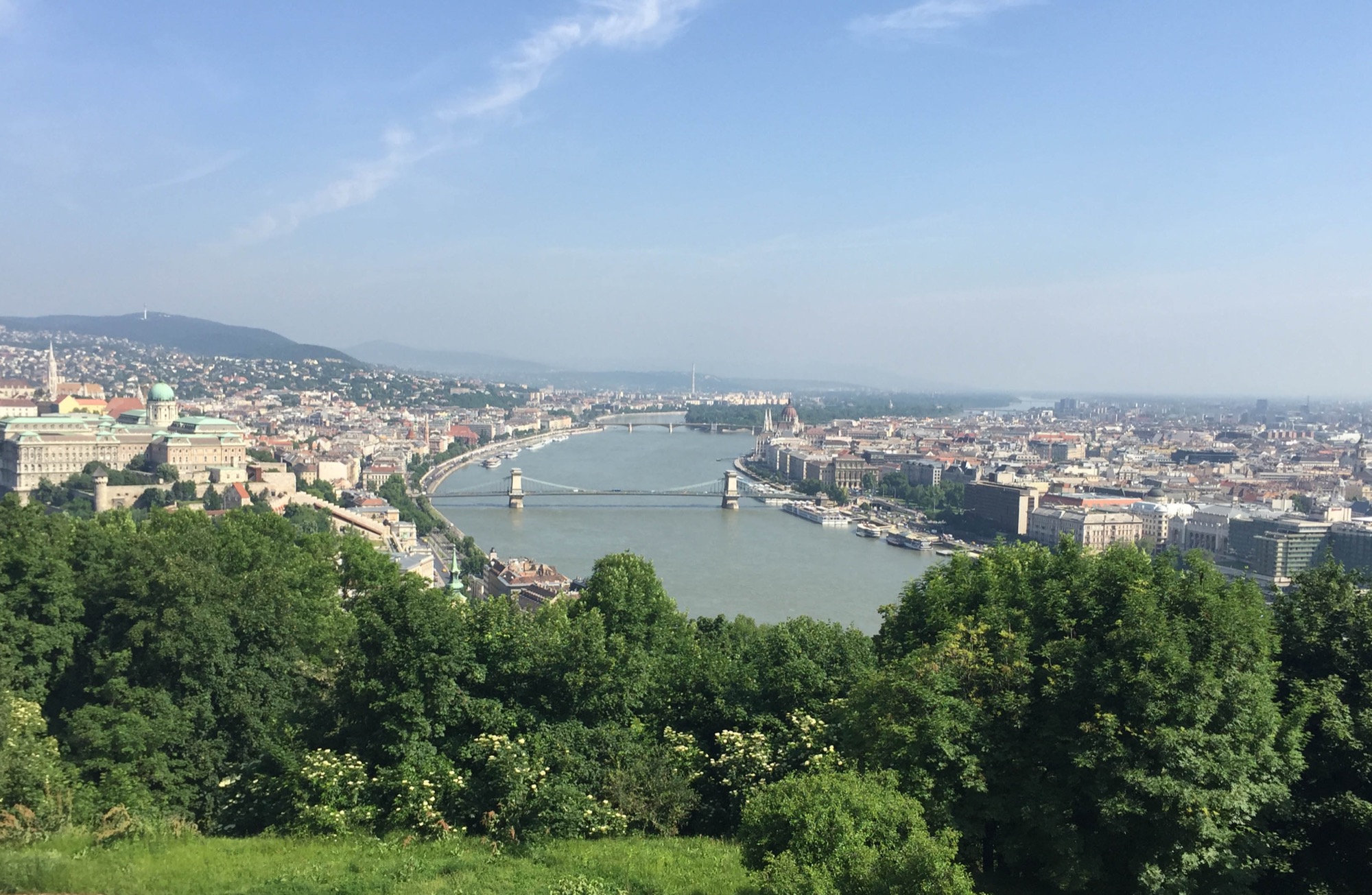
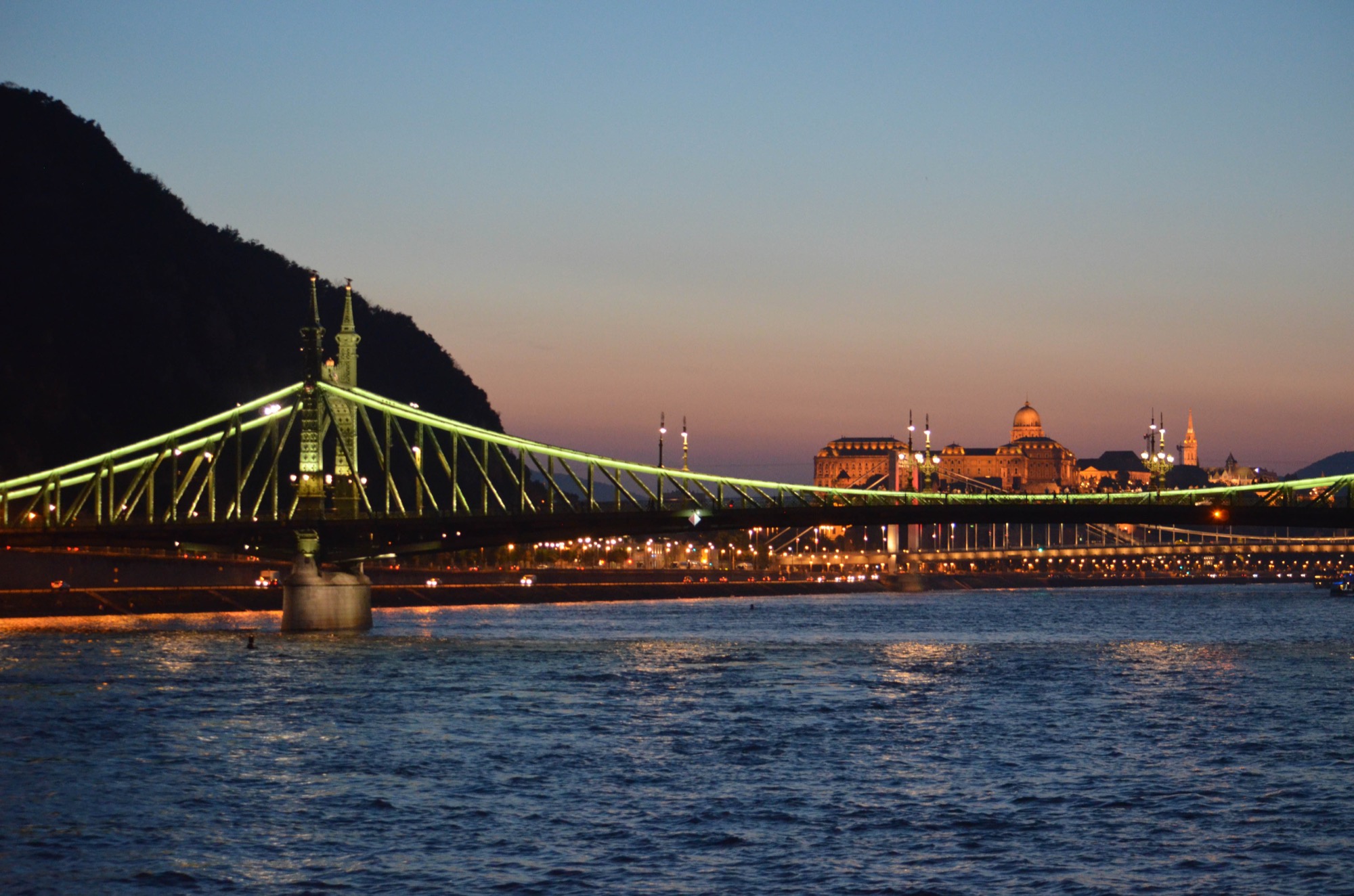
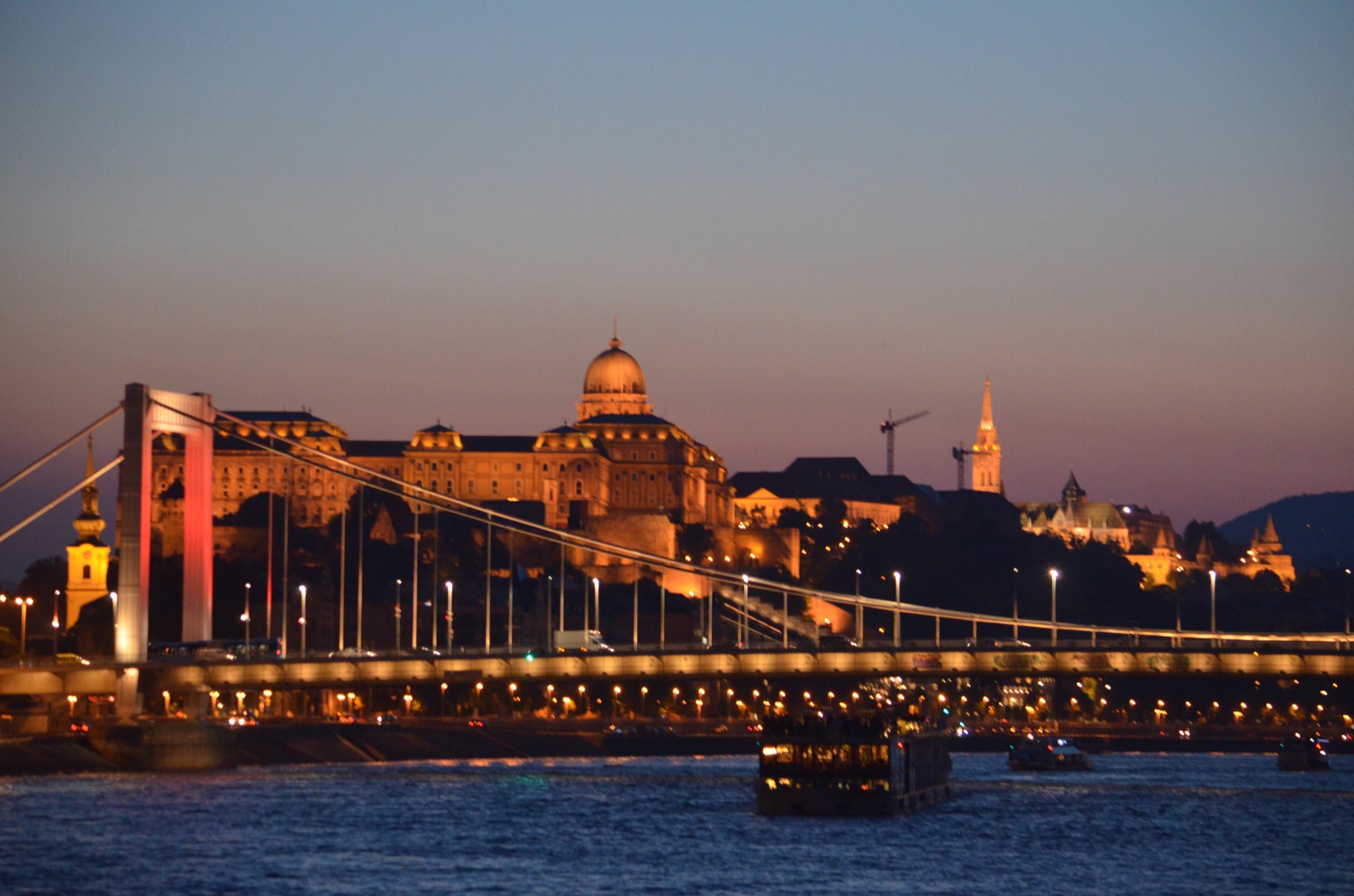
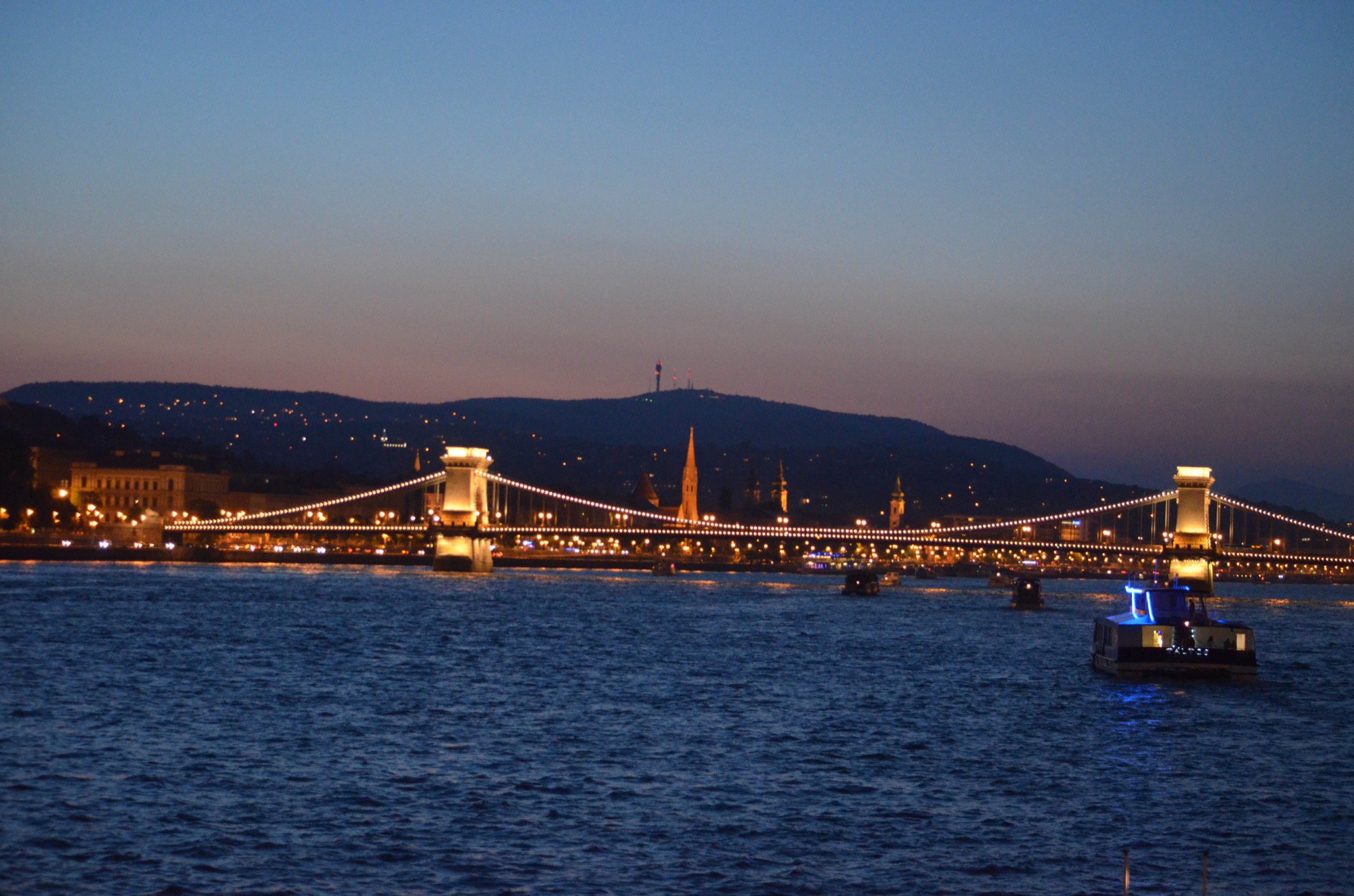
Gothic, Renaissance, Classical, and Baroque architecture styles are prevalent throughout Budapest. The buildings all seem to have a classic old world style to them that conveys a sense of elegant grandeur as you walk down the streets. At the same time, modern steel and glass structures have popped up here and there in stark contrast to their elegant neighbors.
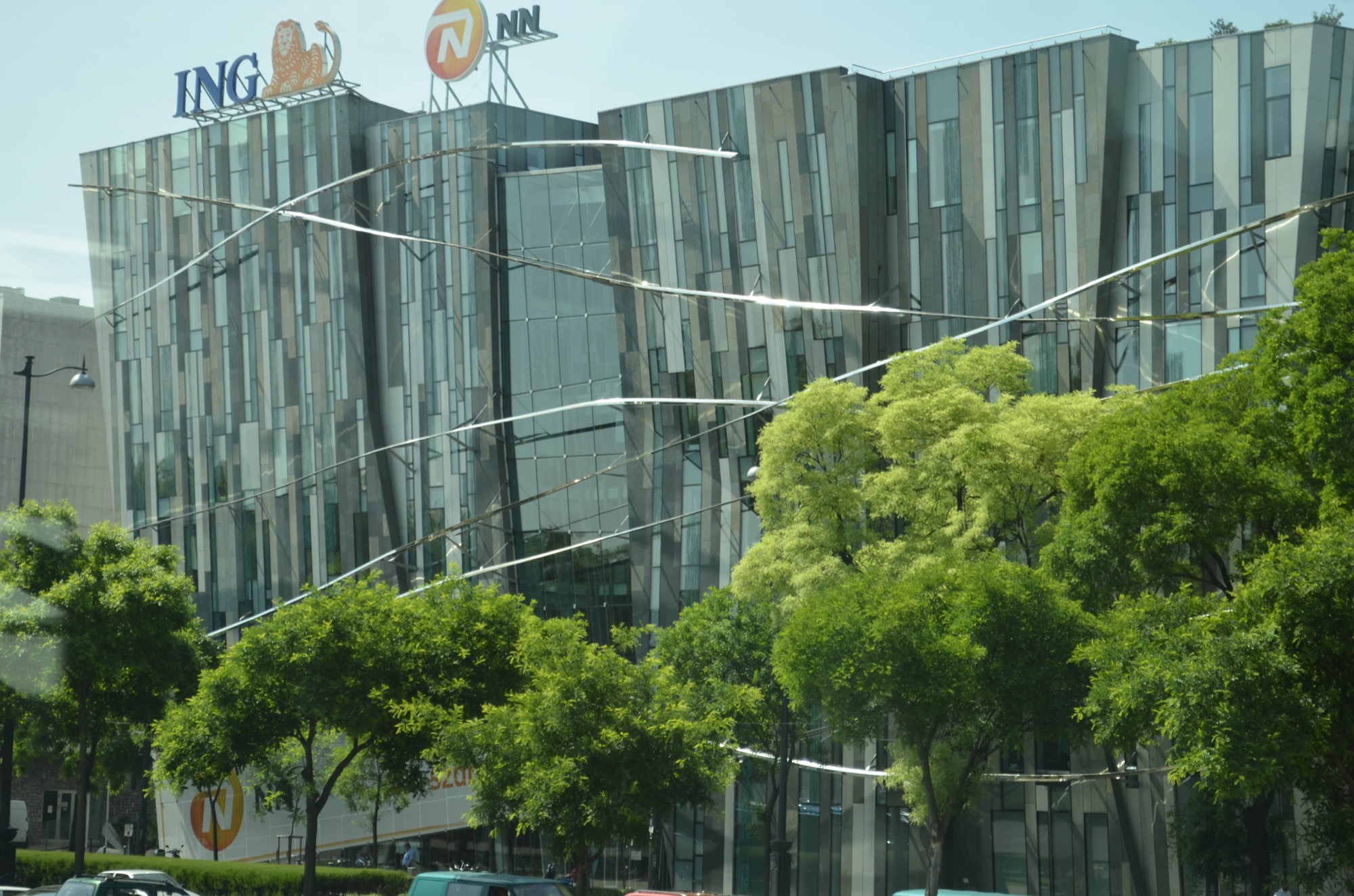
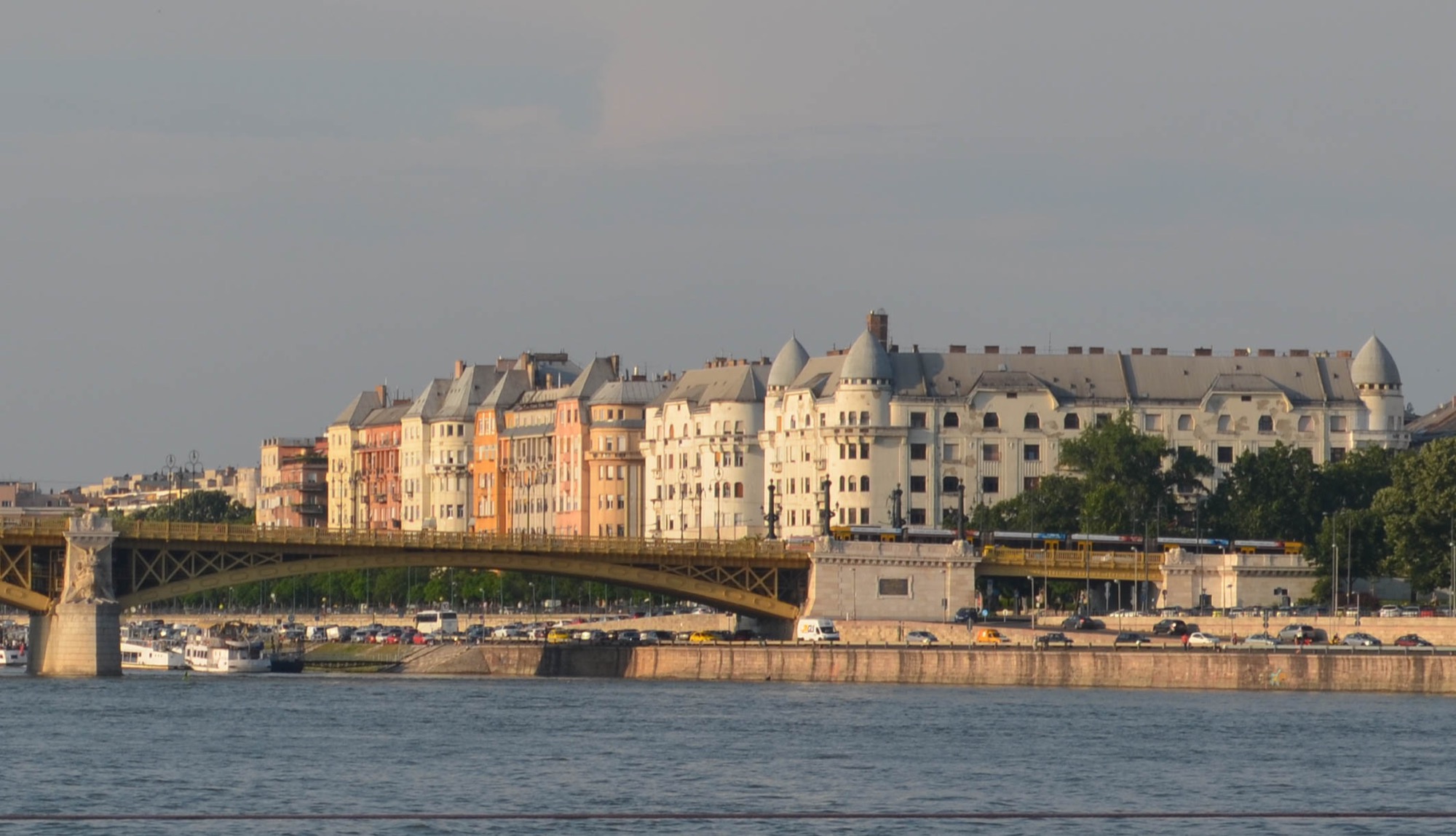
Some of the more interesting places that we saw were the Parliament Building, Buda castle, Dohany Street Synagogue, St. Stephen Church, the Art Gallery, St. Anne Church, the Hungarian State Opera House, and the Hungarian Agricultural Museum.



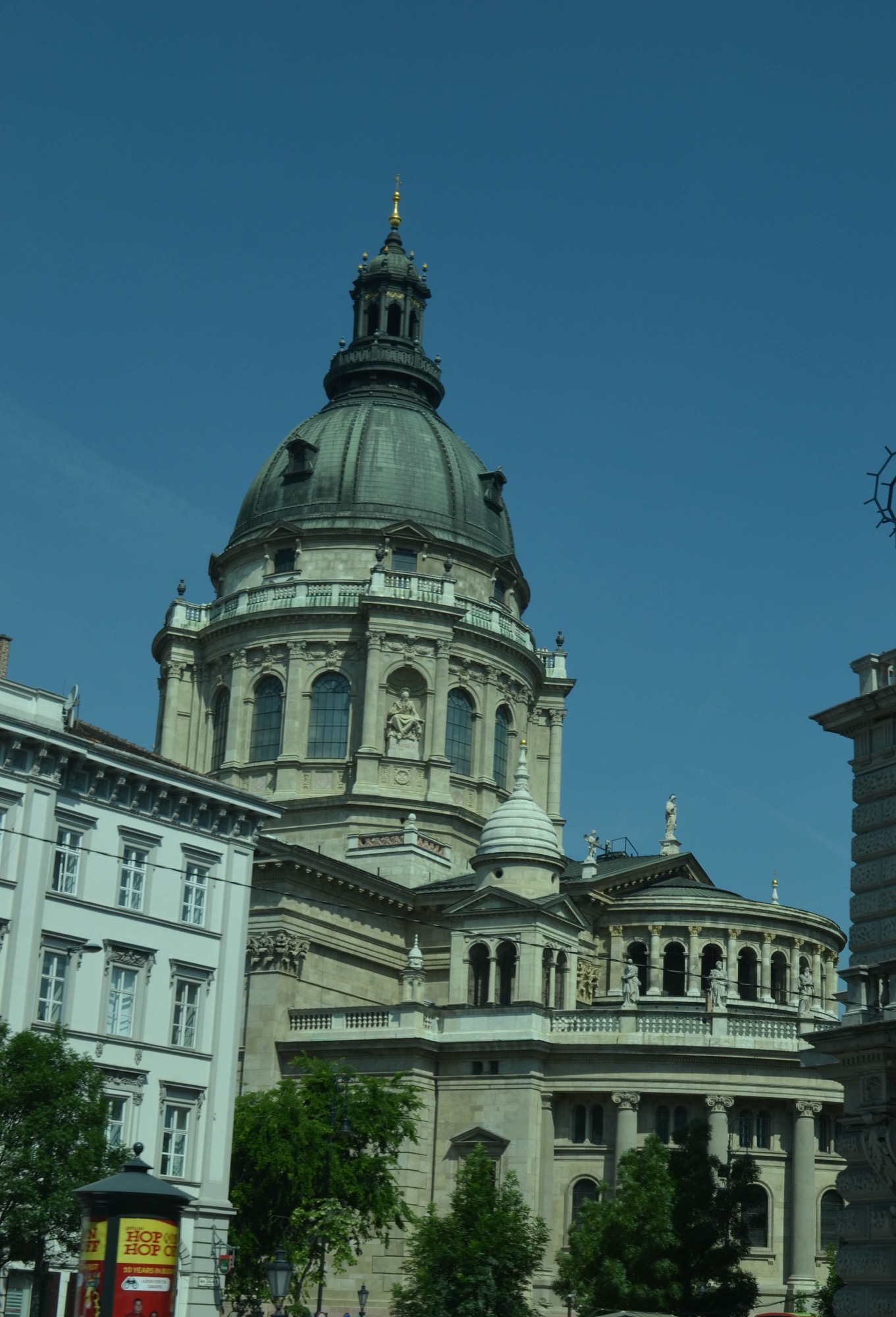
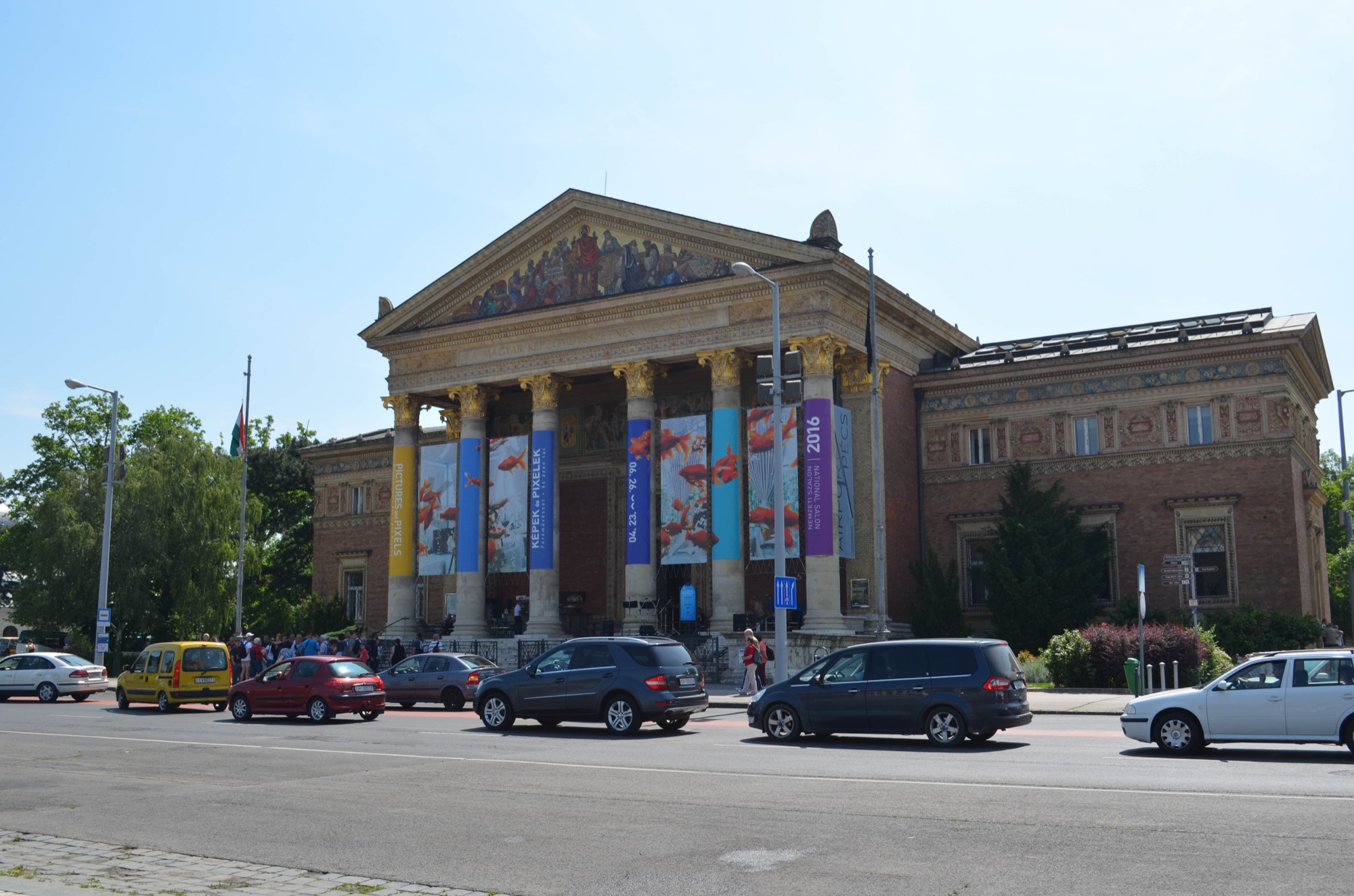
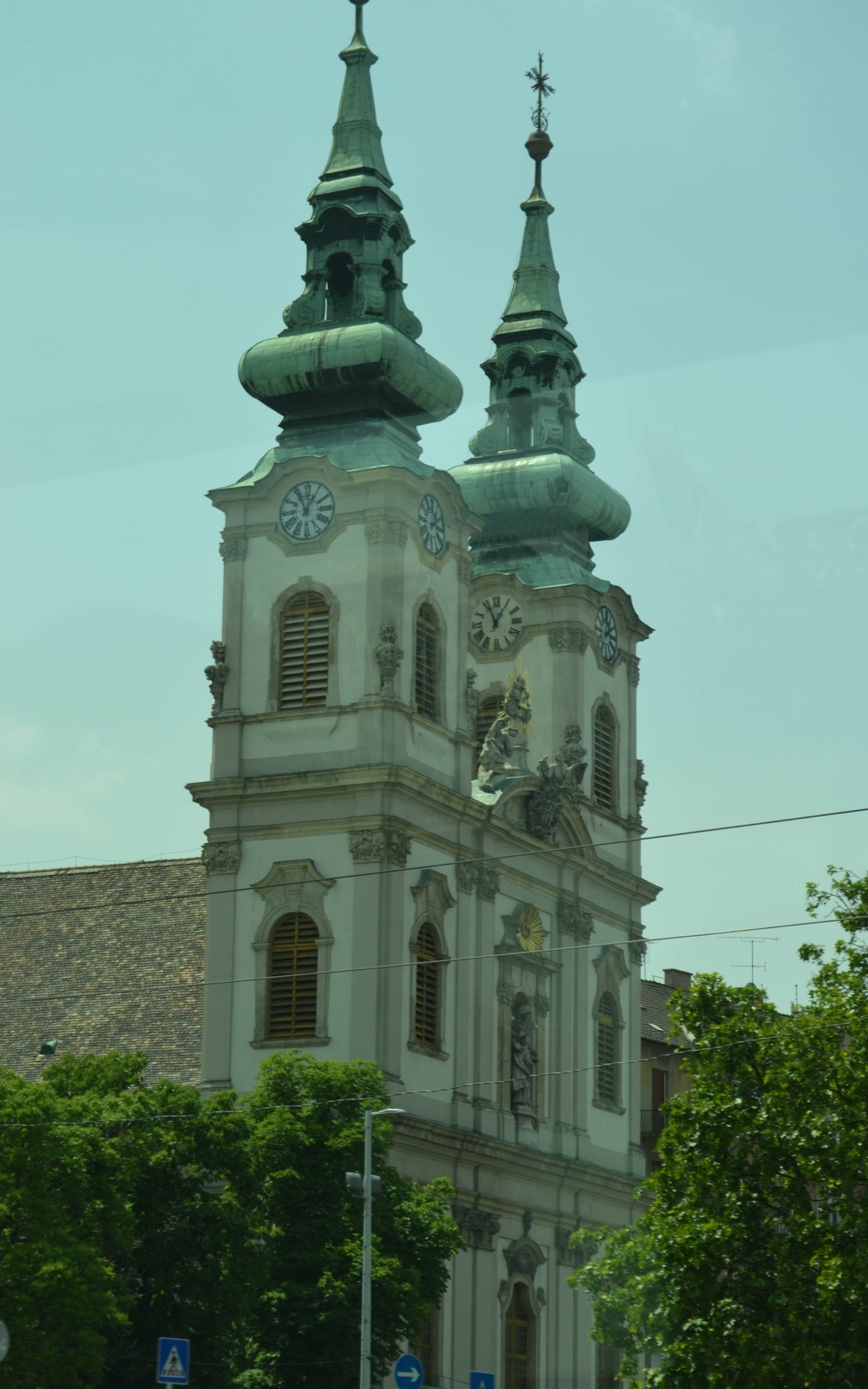


Statues and memorials were common in Budapest. Some were whimsical, others were religious, and others were commemorative.
We liked the randomness of the newspaper boy statue who just appeared on a street corner.
The liberty statue stands on top of Gellert Hill and can be seen from great distances when it is lit up at night.
Heroes Square, the largest square in the city, is the location of the Millennium Column which commemorates the 1000 years of Magyar (tribes of Hungarians) history.
Statues of World War II soldiers were designed to catch your eye and draw you into to a new exhibit.
The Holy Trinity Statue was erected near Matthias Church in the Castle District.
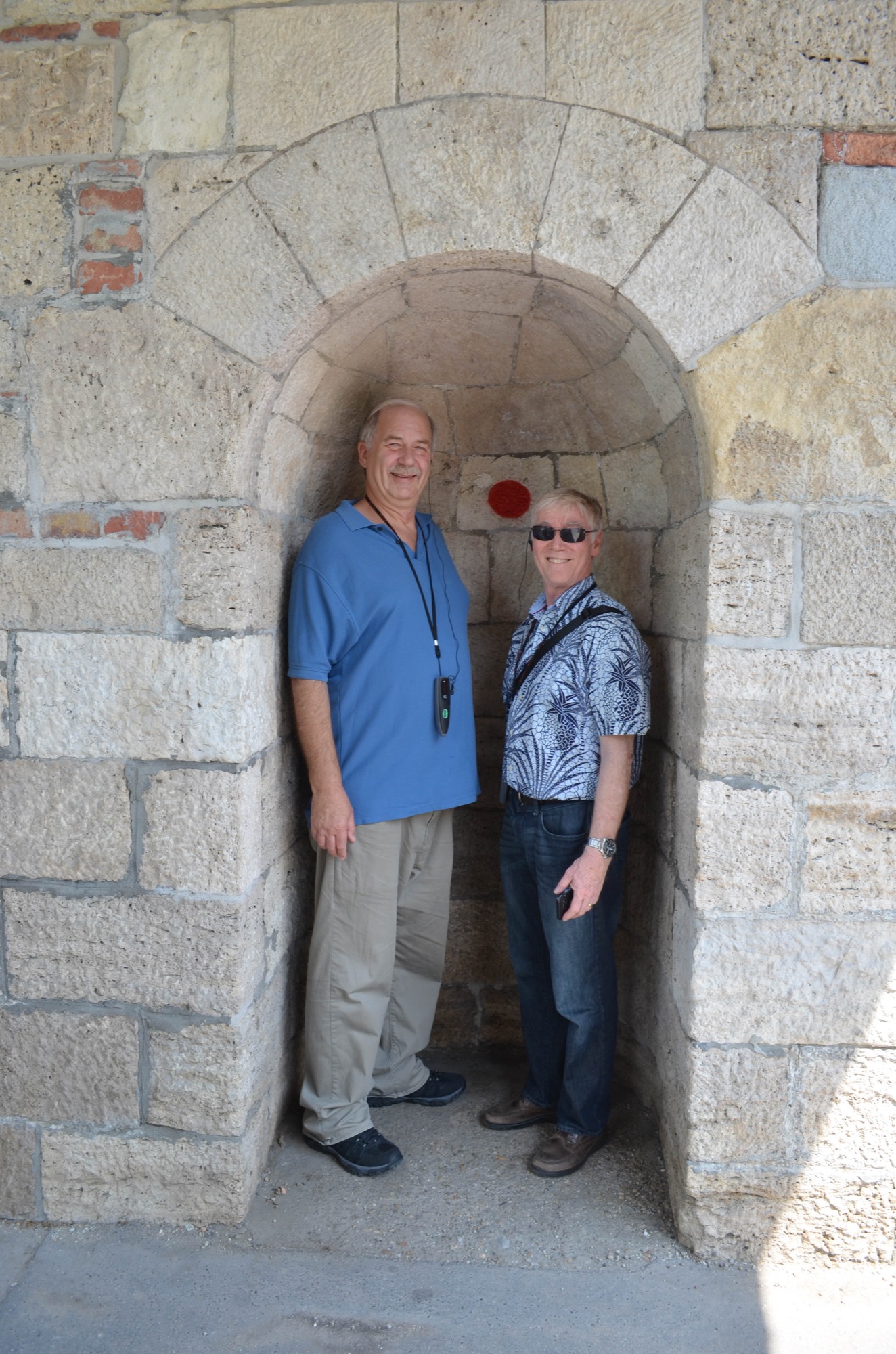




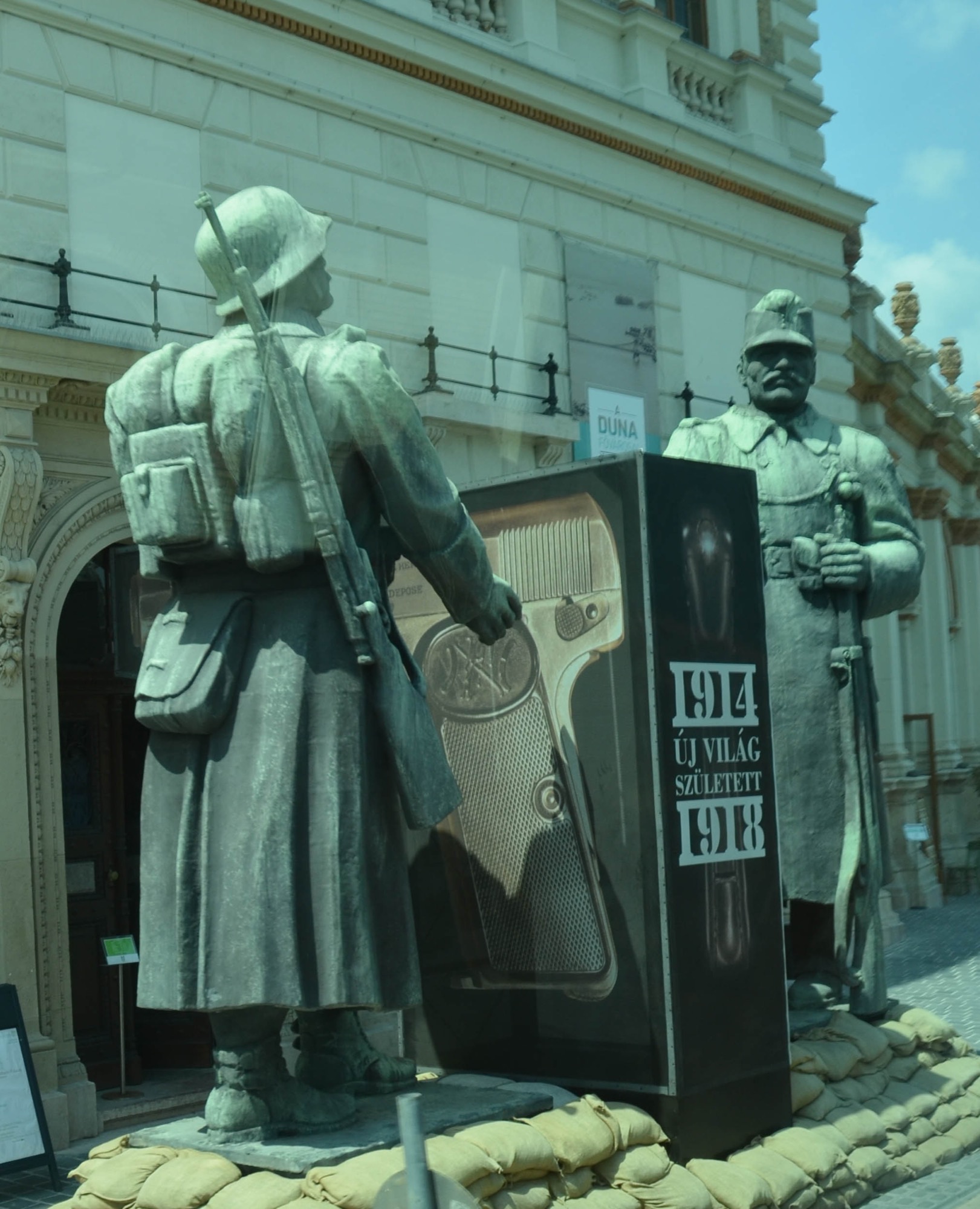
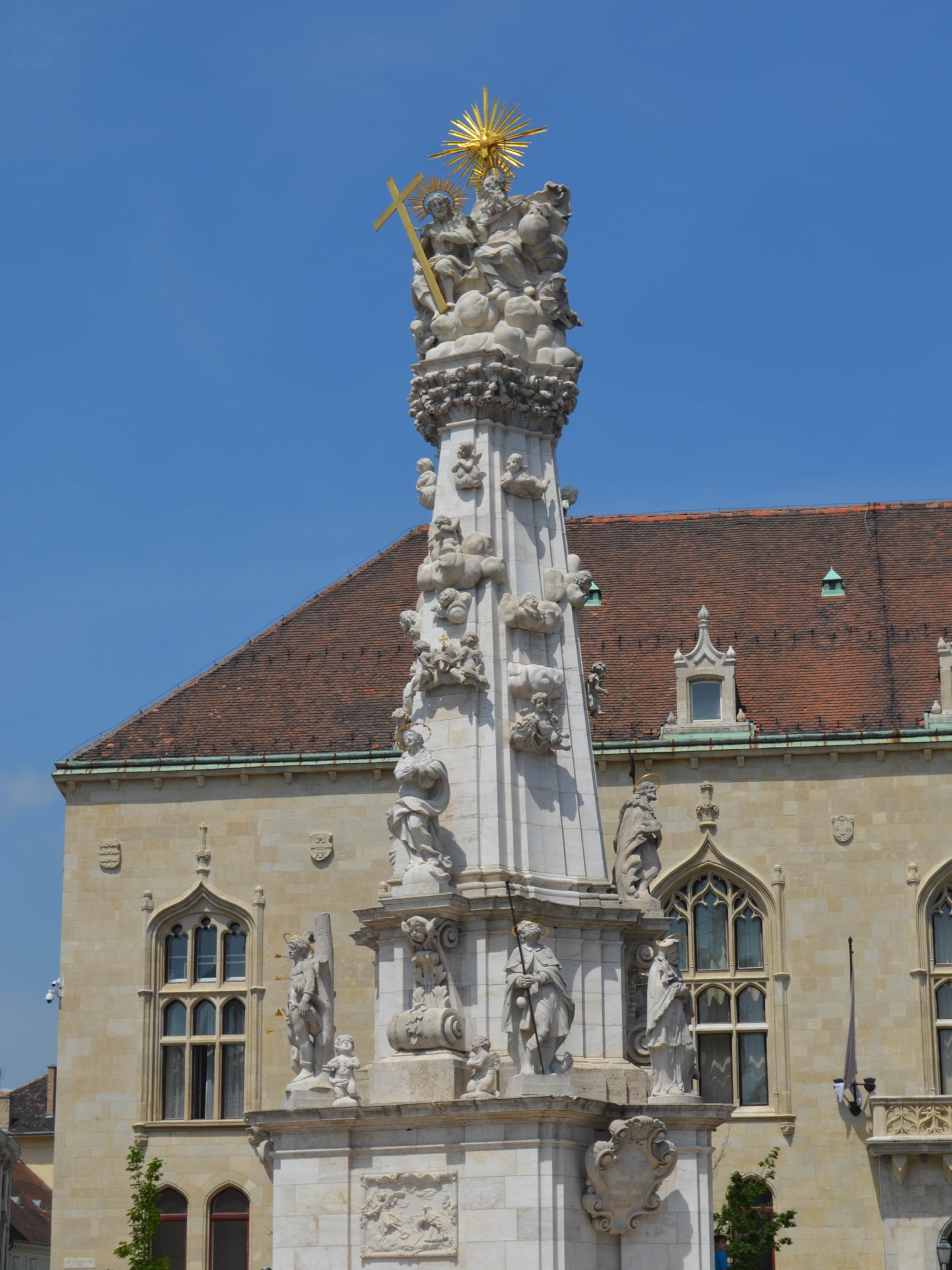
Fisherman's Bastion is a viewing terrace with walkways and towers that sits atop of Castle Hill near Matthias Church. It was built between 1895 and 1902 and was named for the fisherman's guild that was responsible for defending this area during the middle ages.
Matthias Church, although first built in 1015, was destroyed by the Mongols in 1241. The current building was built in the later thirteenth century. The last two Hapsburg Kings, Franz Joseph (1867) and Charles IV (1916) were coronated in this church.
During a period of Turkish occupation, the church was converted into a mosque. During a siege in 1686, a wall in the church collapsed. There was a statue of the Virgin Mary behind the wall that seemed to suddenly appear before the praying Muslums. The city fell on that same day.


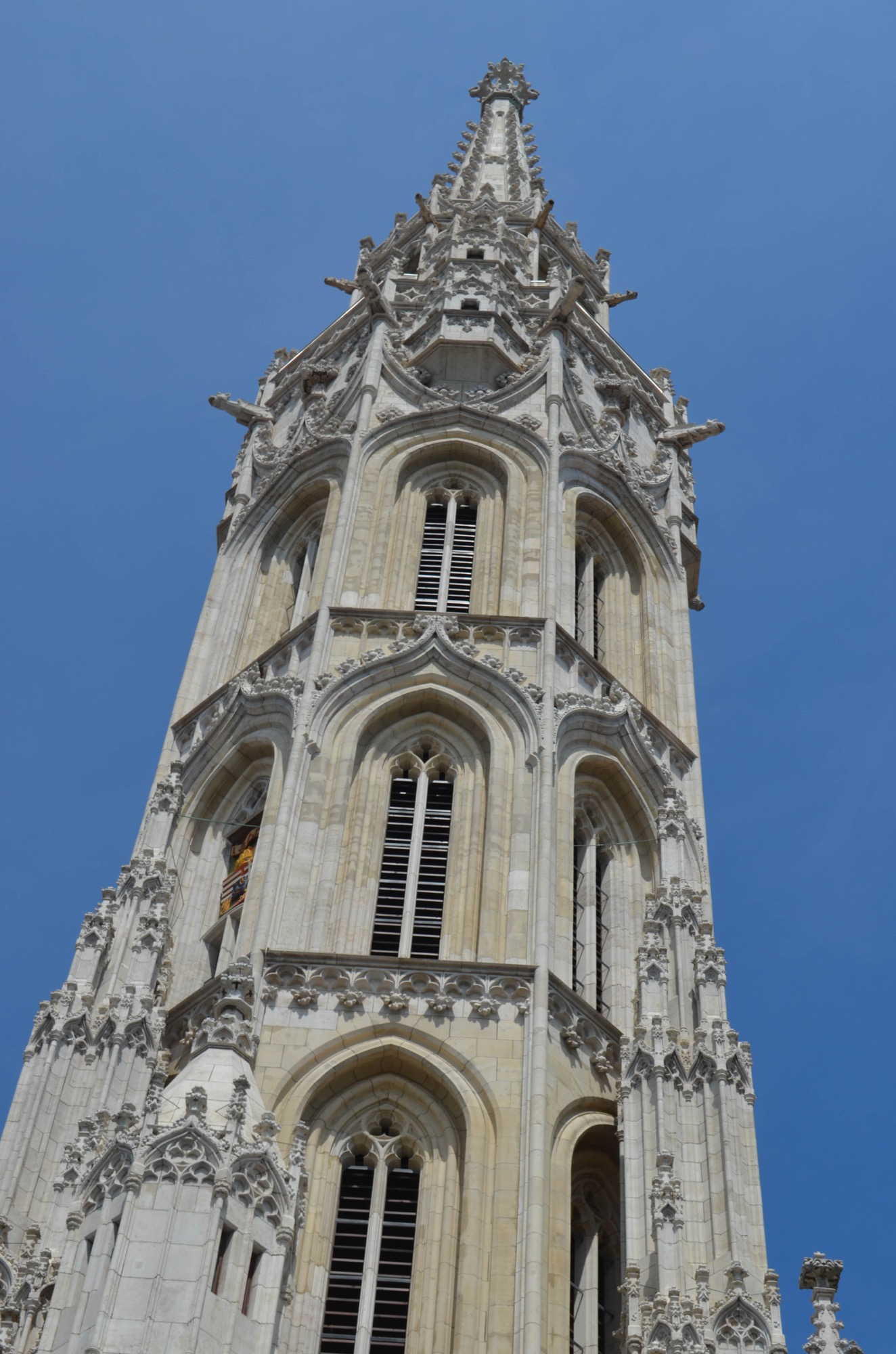
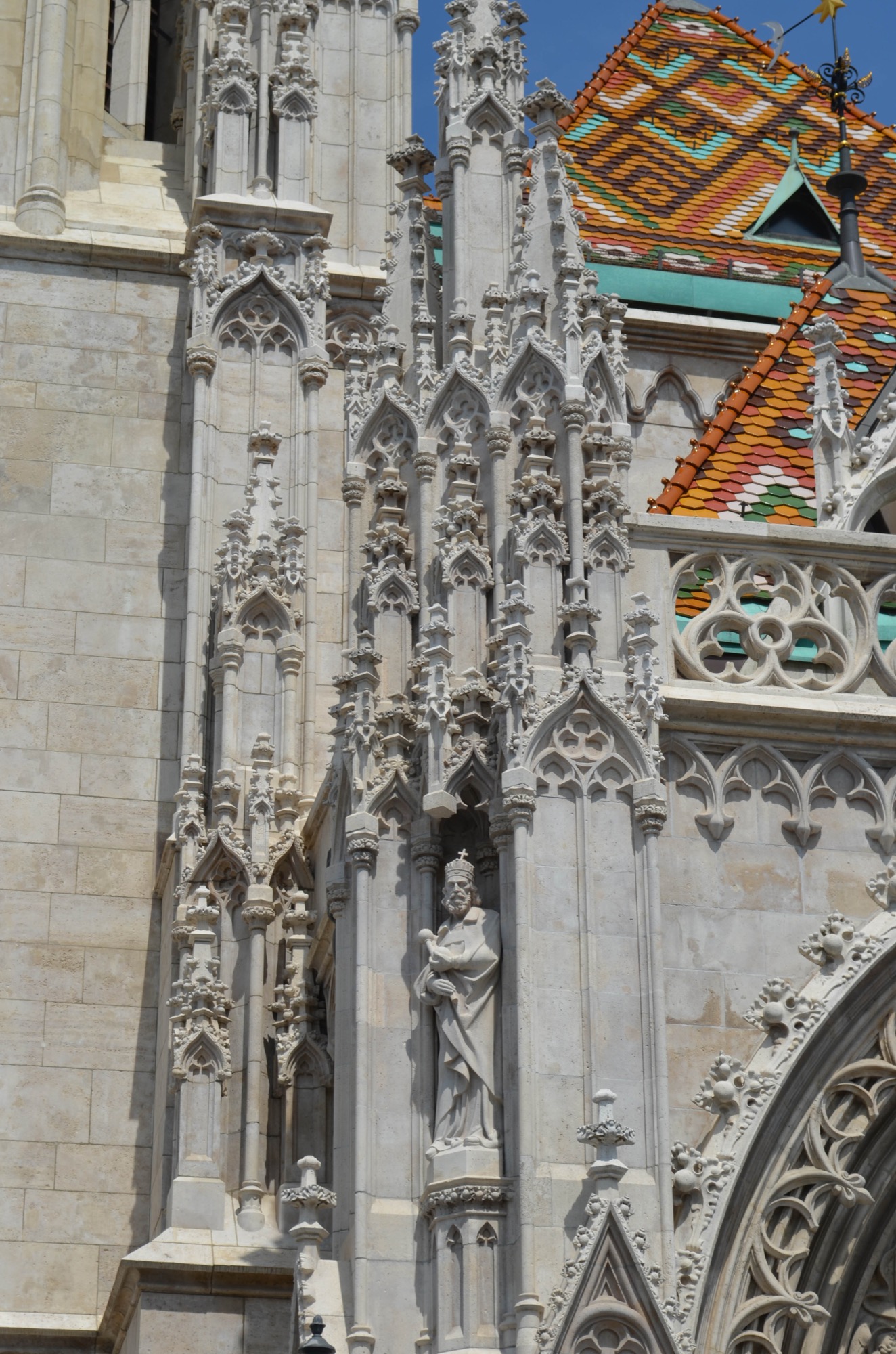
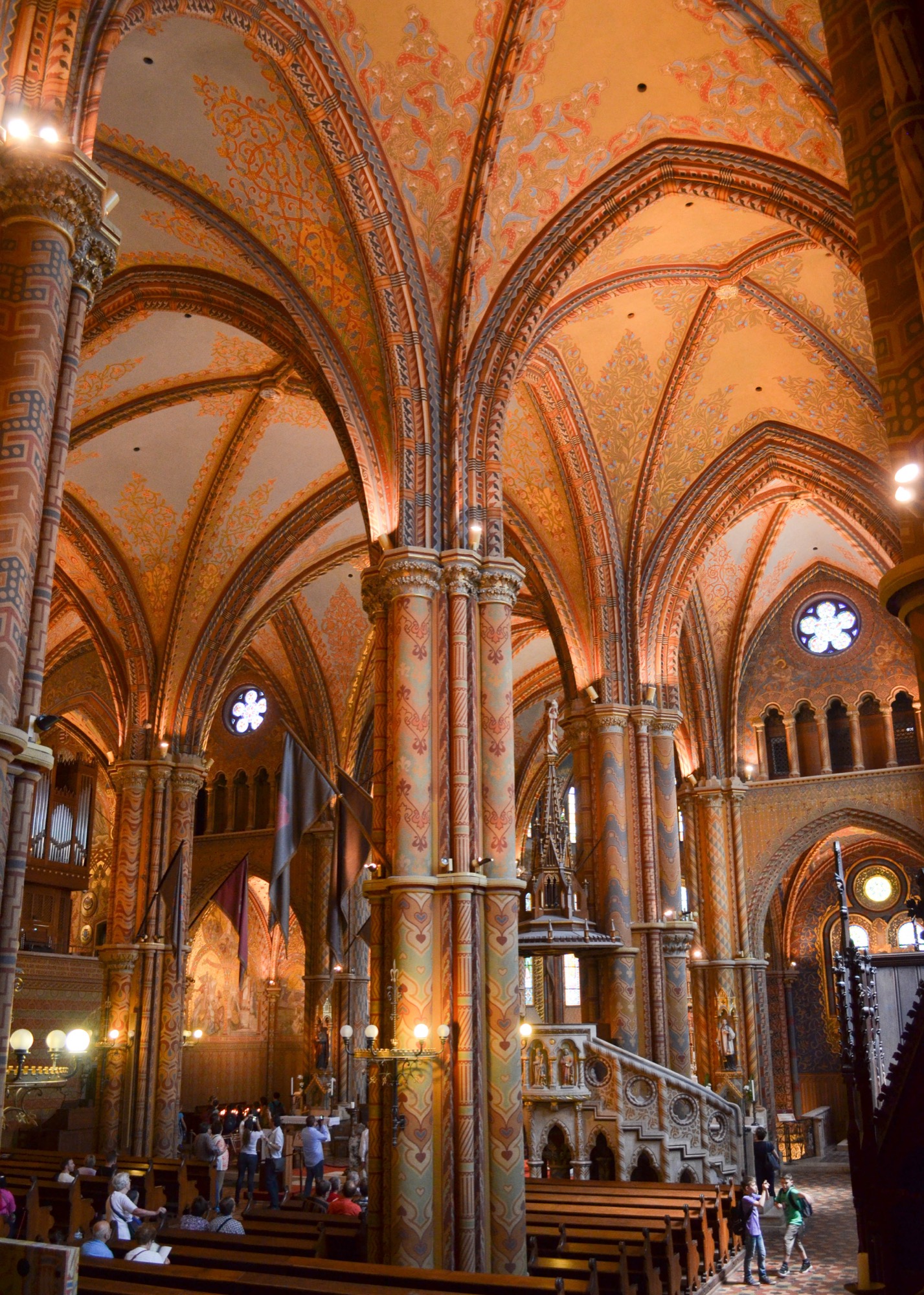
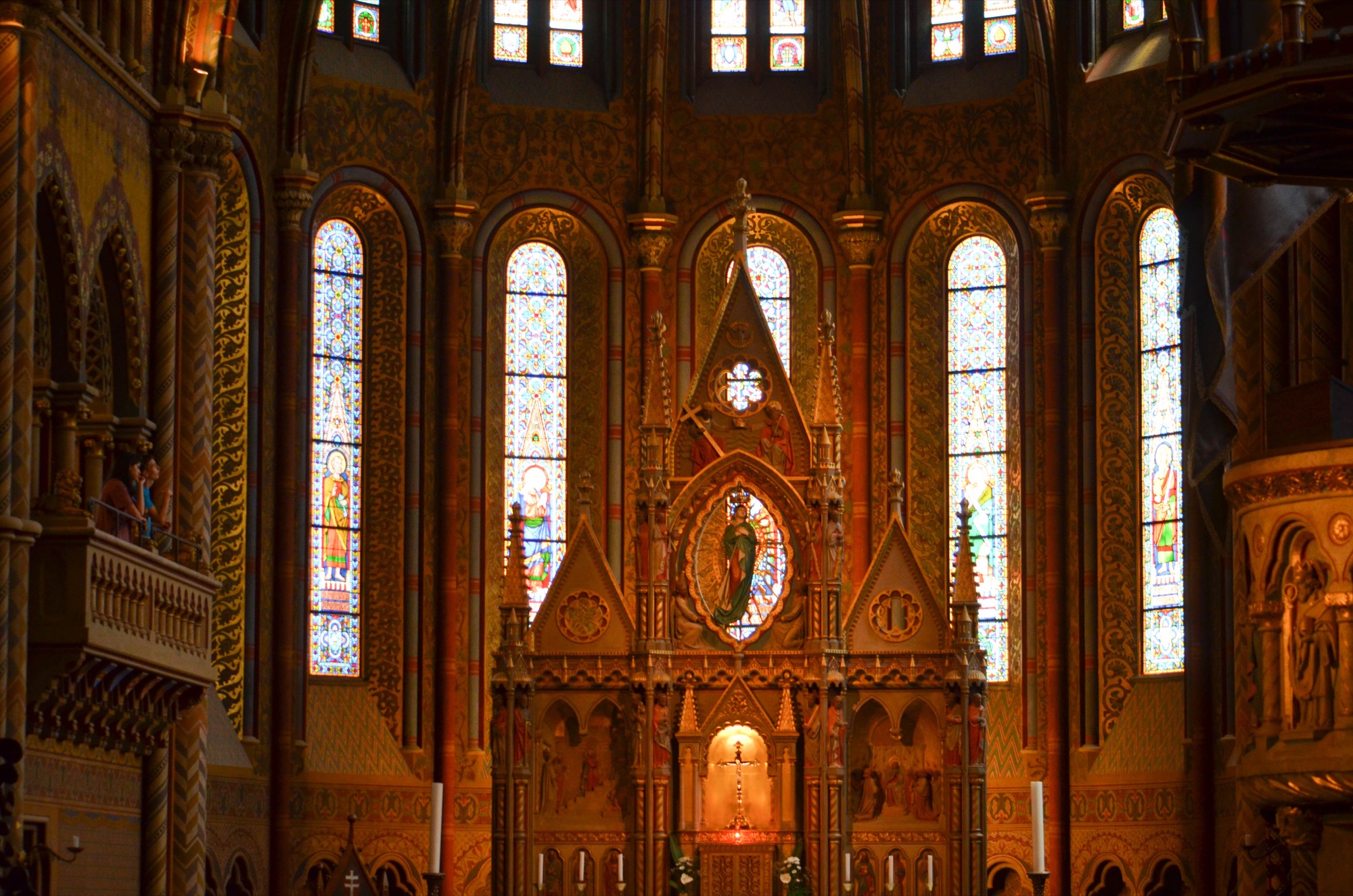
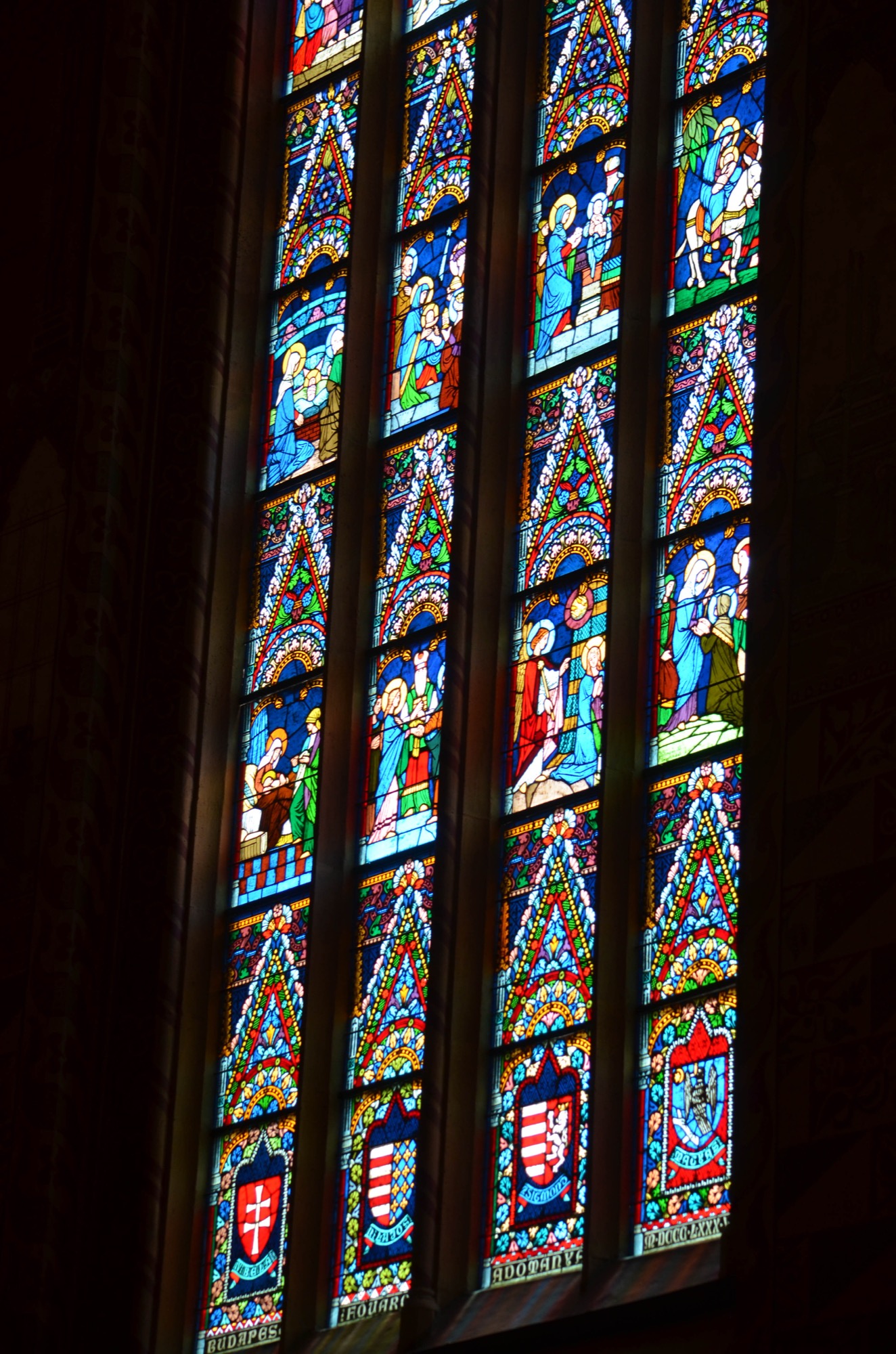
As we arrived in Slovakia's capital city of Bratislava, our first sight was the impressive Novy Most (New Bridge). The 1,413 foot long bridge is the longest cable-stayed bridge in the world. There are four traffic lanes on the upper tier and lanes for pedestrians and bicycles on the lower tier.
On the pylon of the bridge, there is a flying saucer shaped restaurant that can be reached by elevator. According to our tour guide, the views are spectacular and the prices are out of this world.
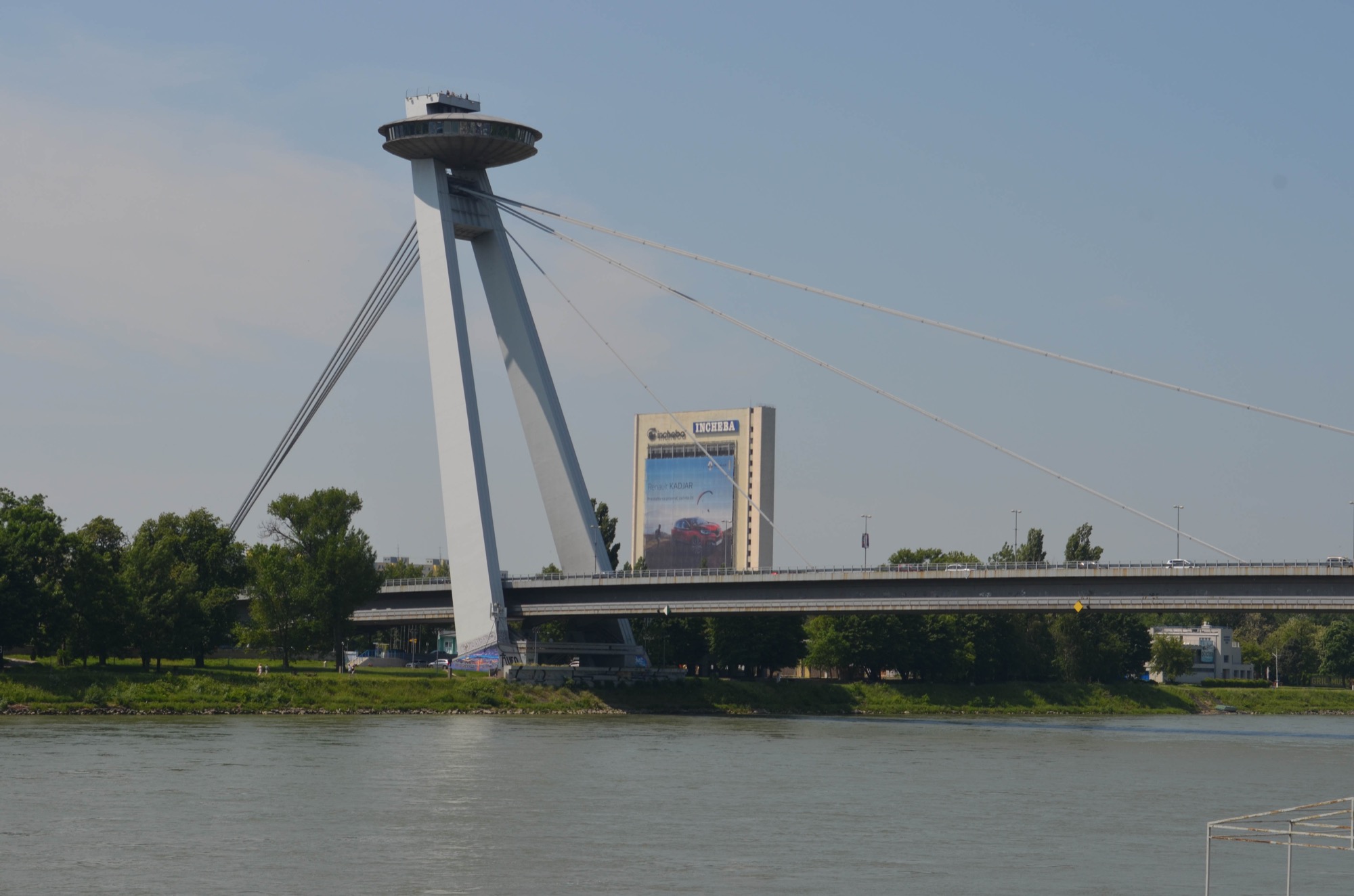
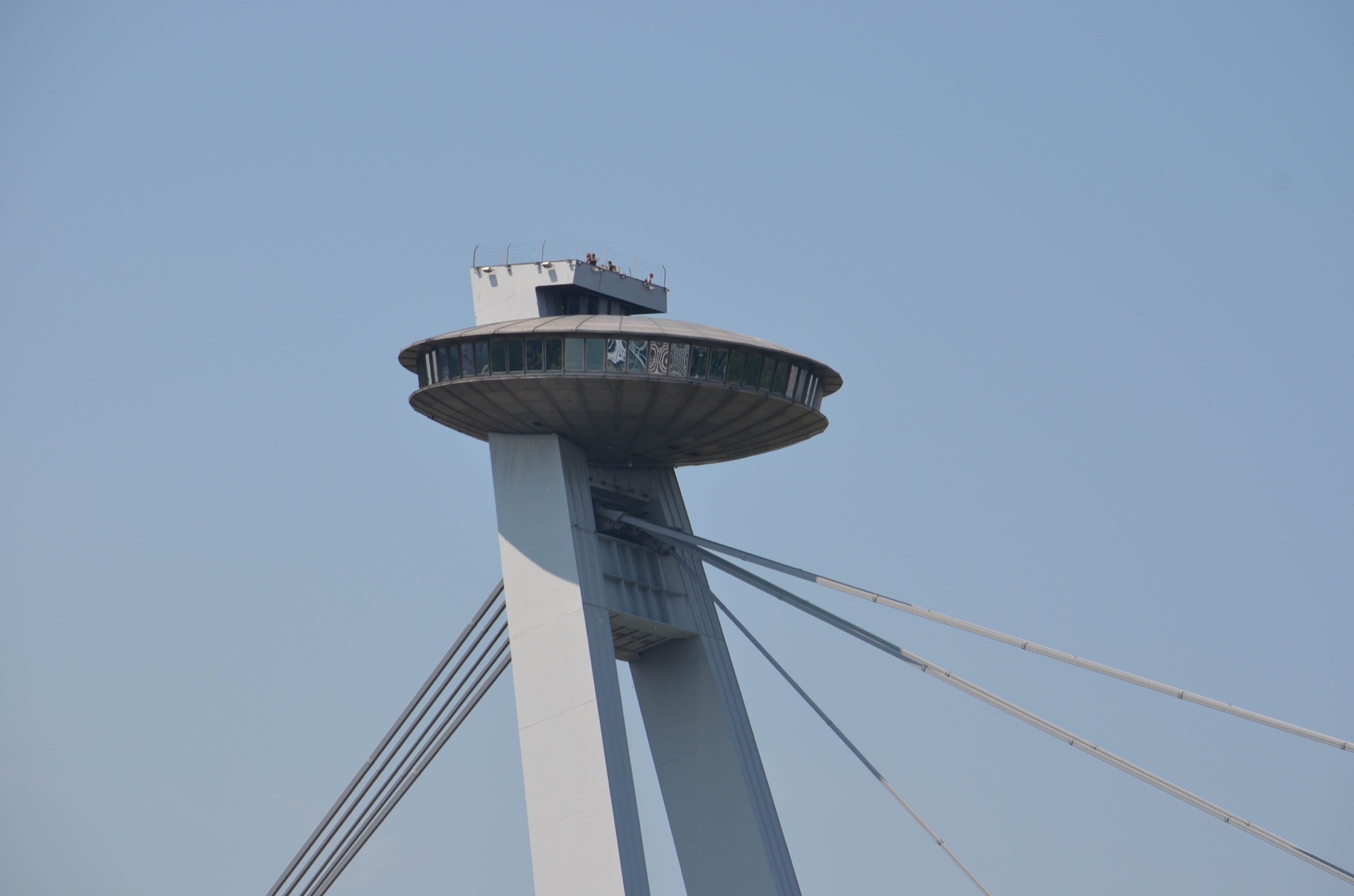
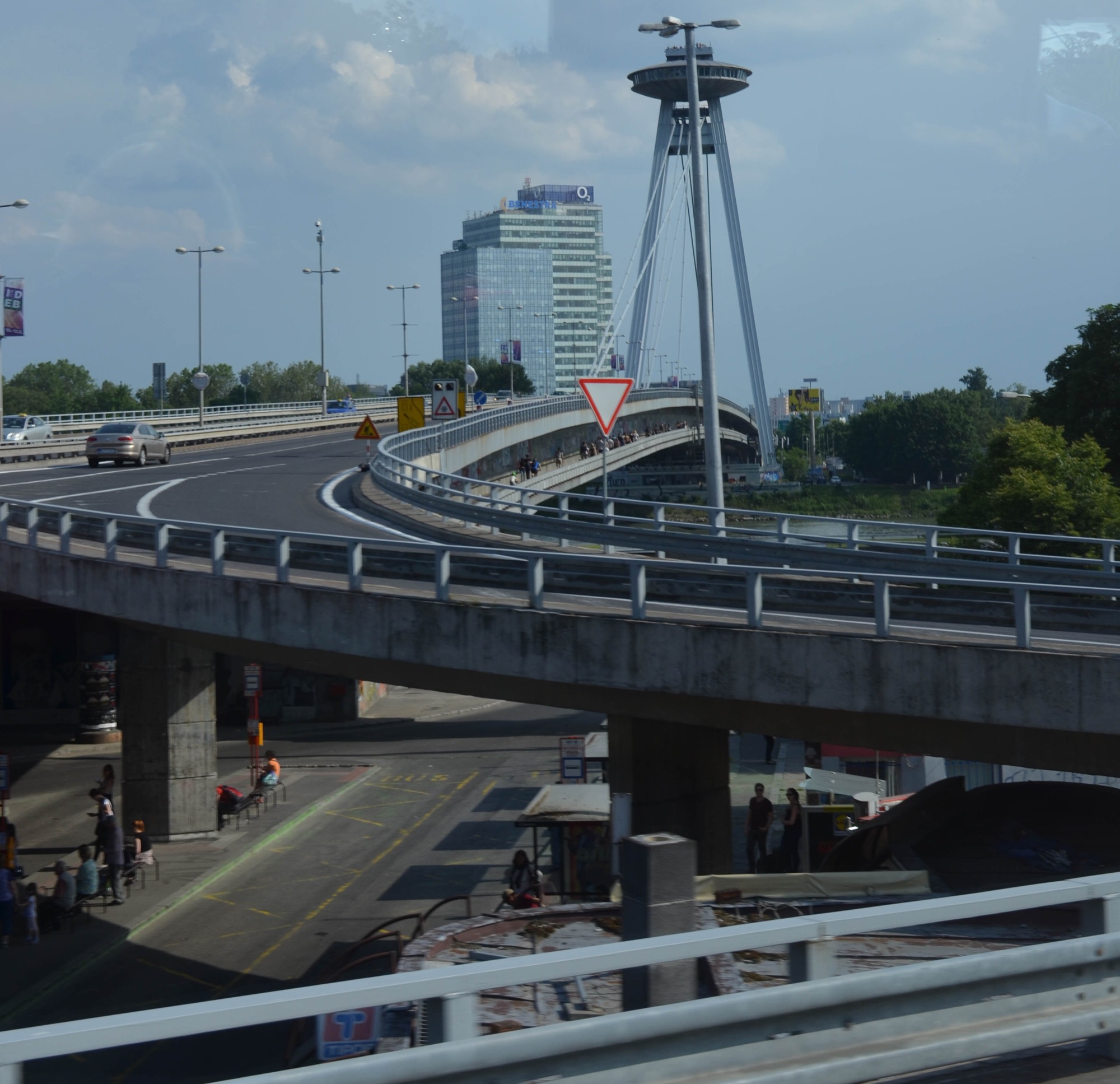
Bratislava is a city with old medieval style buildings and modern glass and steel structures. The old town section had narrow cobblestone streets and beautiful buildings with all sorts of detail, especially around the doors and windows.

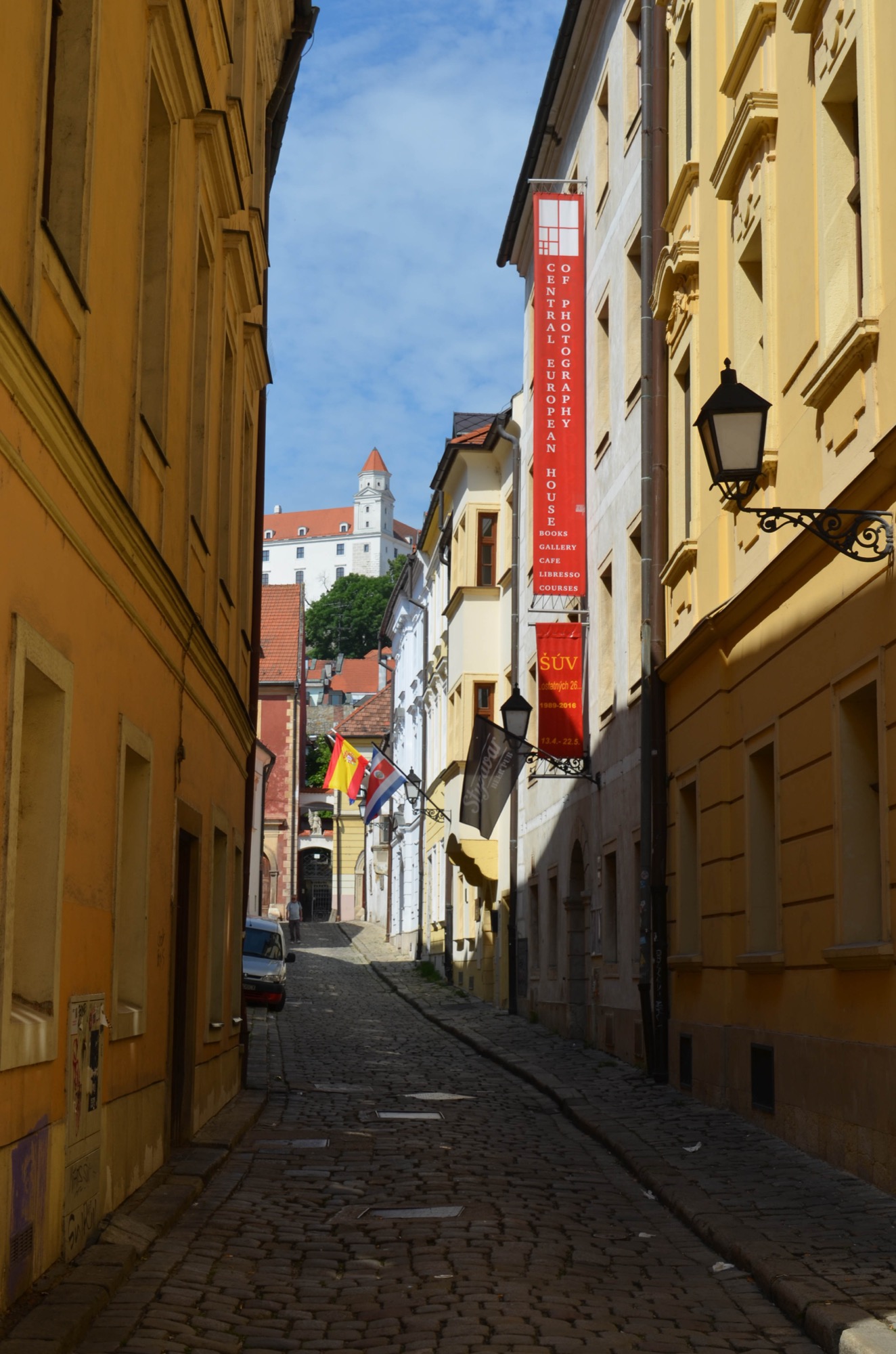

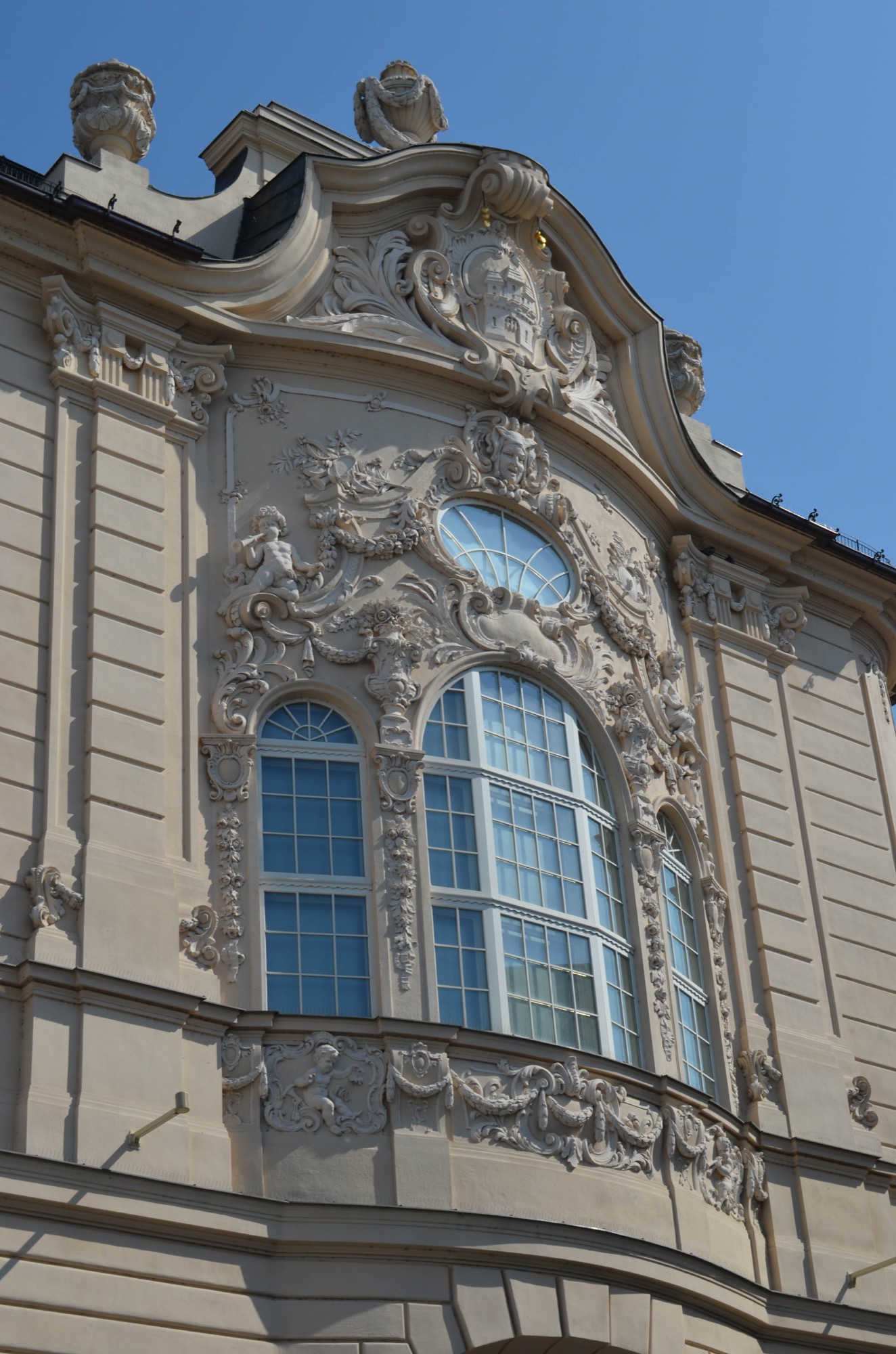
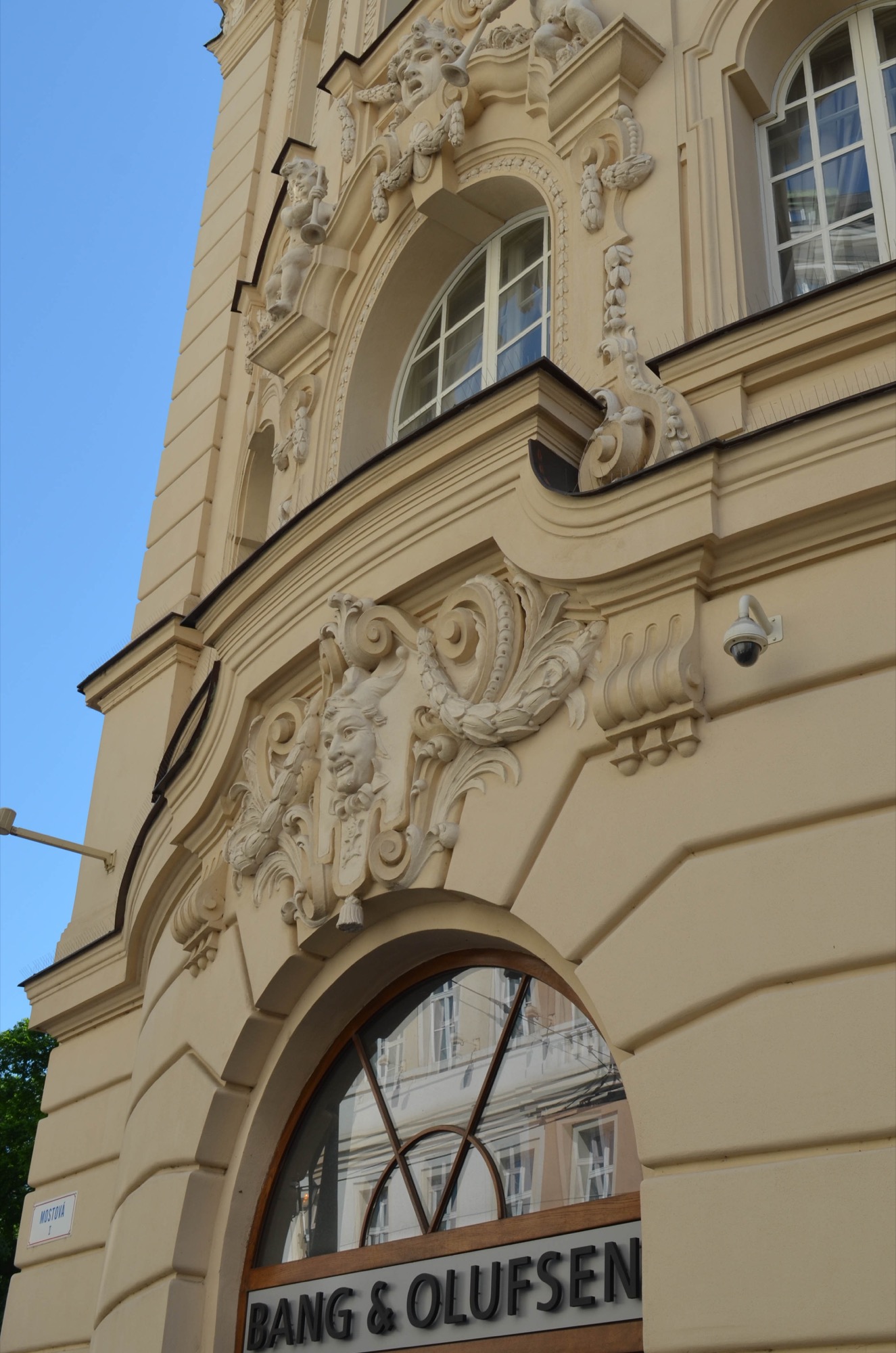
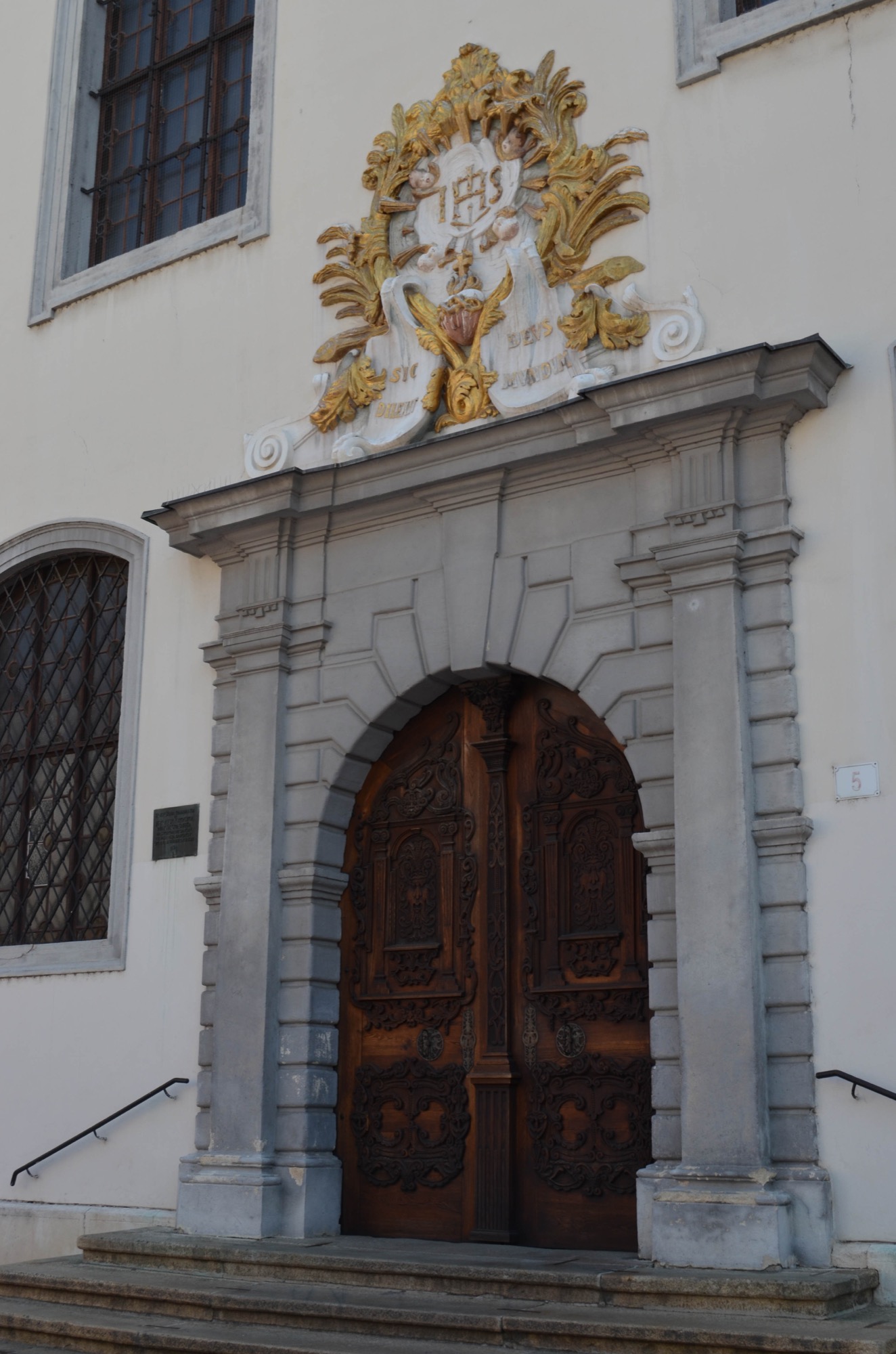
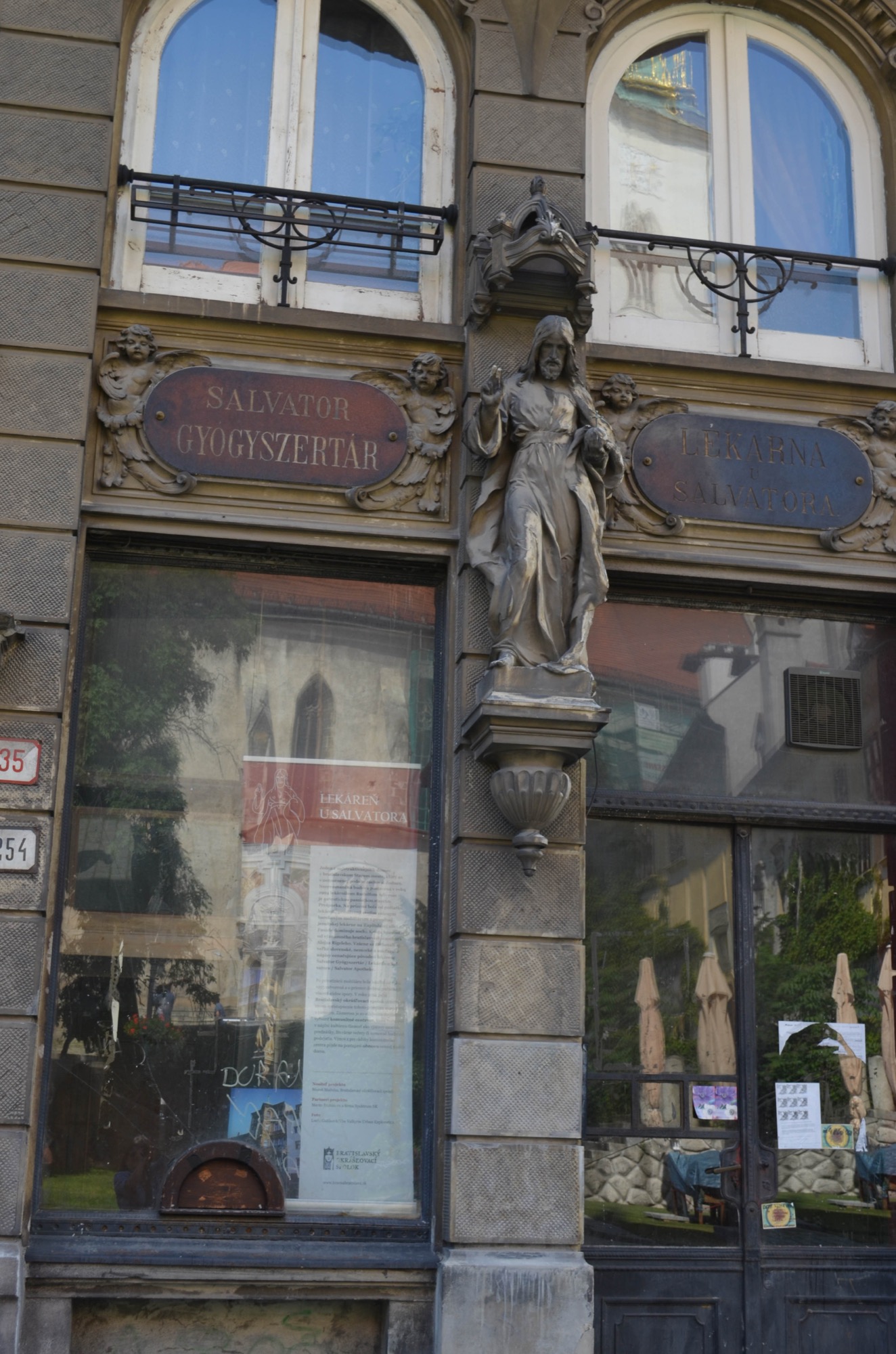
As we wandered through old town Bratislava, we saw town hall with its beautiful clock tower, a home where Mozart performed a concert at the age of six, Saint Martin's Church which was the site of many Hungarian coronations between 1563 and 1830, and the last remaining wall of the medieval fortifications that surrounded the city.
We also saw a memorial in the former Jewish section. The memorial, which consists of a statue and an engraving of the former Neolog Synagogue, was built in 1996 to commemorate the 105,000 Slovak holocaust victims.
Other noteworthy buildings included the Slovak National Theater and Concert Hall, the Slovak Philharmonic building, Primate's Palace built for Archbishop Jozsef Batthyany, and Bratislava Castle.
